All kava comes from the same plant — Piper methysticum.
This species has many different cultivars (sometimes called “strains”).
Each strain is unique in terms of how it feels, grows, and is strong.
Here’s a guide to the most common (and uncommon) kava cultivars from all over Oceania.
What is a Kava Cultivar (Strain)?
A strain or cultivar is a genetic variant within a species. Strains are created by selective breeding — humans or another animal.
Normally, humans will breed plants with desirable traits together and eliminate the ones that don’t produce desirable traits. Over several generations, we can shape the plant to produce the traits we want — such as a redder, sweeter apple or a type of marijuana that produces high concentrations of THC.
Kava is a little bit different because it doesn’t flower or make seeds. The only way to propagate kava is to plant a piece of the root. This essentially creates a clone of the mother plant rather than a new generation.
This makes isolating ideal traits in kava very difficult — but not impossible.
Kava farmers will harvest their crops and drink them fresh. If they like the effects, a piece of the root is replanted for future batches. If he doesn’t like it, it’s thrown away.
This process has been happening for hundreds of years. Over long periods of time, farmers have been able to isolate specific growth patterns in kava. Some kava cultivars are dark-colored, others light-green. Kava can grow to be tall with big leaves or short with small leaves.
More importantly, the kavalactone content can vary substantially as well. Kavalactones are the active ingredients in the kava plant that produce its psychoactive effects.
Some kava feels euphoric, light, and clear-headed — others feel heavy, sedating, and intoxicating.
How Are Kava Cultivars Categorized?
Kava strains can be broken down and categorized in several different ways. You can look at the place of origin, the morphological growth patterns, or the chemical composition.
1. Kava Cultivars By Origin
I’ve chosen to organize this guide according to the place of origin. I’ve done this because most of the kava products on the market today are a blend of kavas from a particular geographic location. It’s hard to find single-origin kava root powder.
Most of the countries or federated states in Oceania grow kava and have kava cultivars native to the region. There’s often a distinct “flavor” of kava cultivars from a particular origin.

Here’s a quick summary of how kava cultivars vary according to their origin:
- Fijian Kava — Notoriously smooth-tasting and heady. Plants here tend to be high in methysticin.
- Vanuatu Kava — By far, the most diverse range of kava types, all kinds of kava grow here.
- Hawaiian Kava — Lots of balanced kavas here with harsh spicy flavor.
- Tongan Kava — Lots of heady kavas here with high concentrations of DHK, kavain, and methysticin.
- Samoan Kava — Several types of kava with a smooth cashew-like flavor.
- Micronesian Kava — Known for having particularly strong, heavy kava.
- Papua New Guinea Kava — Much of the kava here is very heavy or tudei kava, not for the faint of heart.
- French Polynesian Kava — Many original strains here have been lost or poorly documented.
2. Kava Cultivars By Morphology
Morphology refers to “what the plant looks like.” This is the way most of the Pacific island cultures that grow kava organize it.
Kava cultivar names usually consider two aspects:
- The color of the plant (dark or light)
- The size of the internodes (long or short)
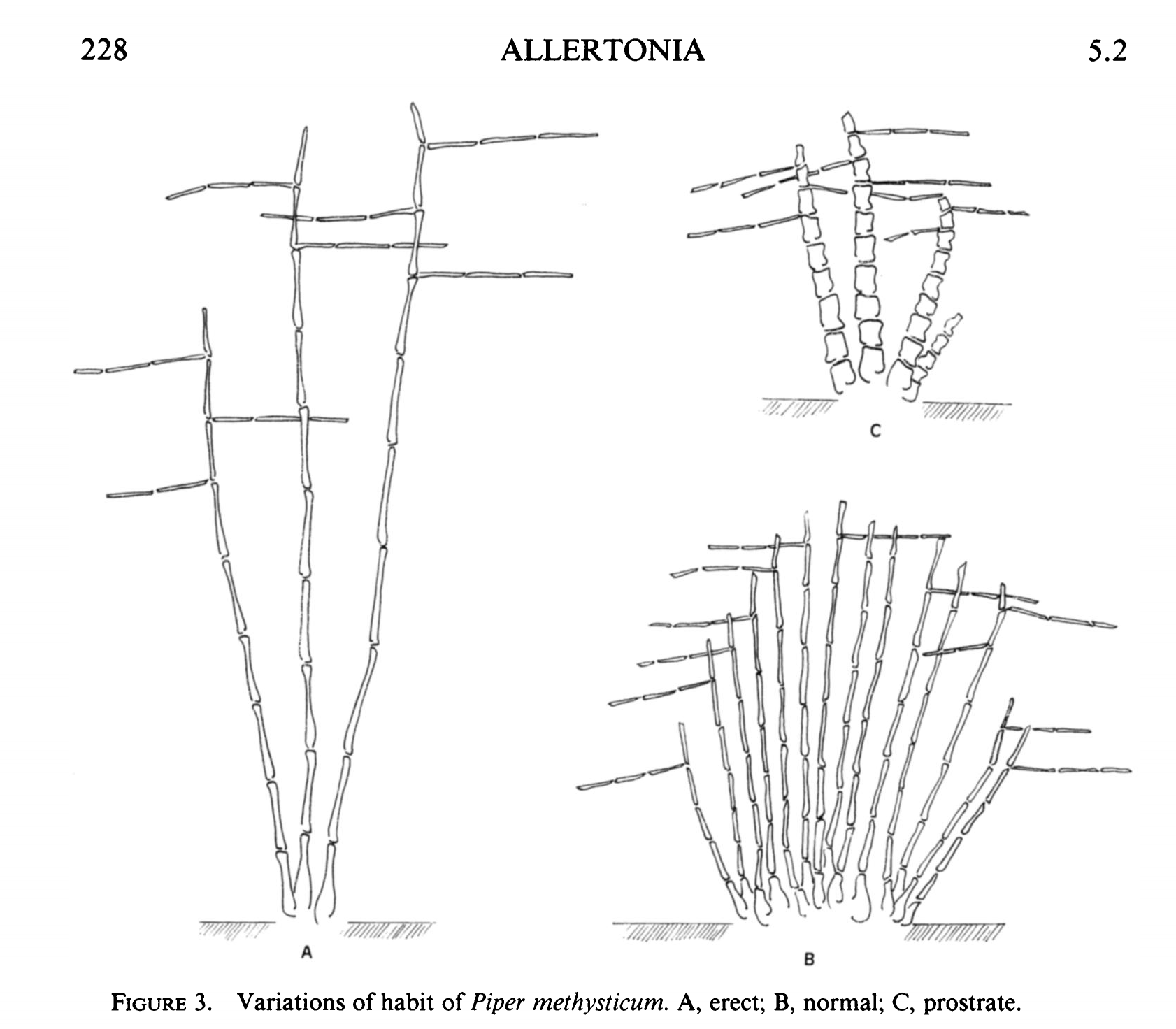
For example, Hina Akau (a Tongan kava cultivar) translates to “white tall kava.” Likewise, Huli Akau means “black tall kava.”
In Fiji, there’s another layer of categorization that refers to which part of the roots were used. Lateral roots are called “waka,” and the basal stem and root base are called “lawena.”
3. Kava Cultivars By Chemocodes
The final way of classifying kava cultivars is to look at its chemical makeup — AKA chemotypes.
The active ingredients in kava are called kavalactones. There are many of them, but just six account for the majority of effects. Researchers will catalog kava strains by testing their kavalactone content and then ranking them in order of prevalence to create a unique fingerprint or “chemocode” for the plant.
Kavalactones are numbered as follows:
- Desmethoxyyangonin (DMY)
- Dihydrokavain (DHK)
- Yangonin (Y)
- Kavain (K)
- Dihydromethysticin (DHM)
- Methysticin (M)
The chemocode of Borogoru kava is 245613 — which indicates this strain is highest in DHK (2), followed by kavain, then DHM (4), and so on.
Once we know the chemocode of a kava cultivar, we can group it together with other strains with similar chemical makeup. This is called a chemocode group, which runs A through I.
Kavas in the same chemo groups have more or less the same effects.
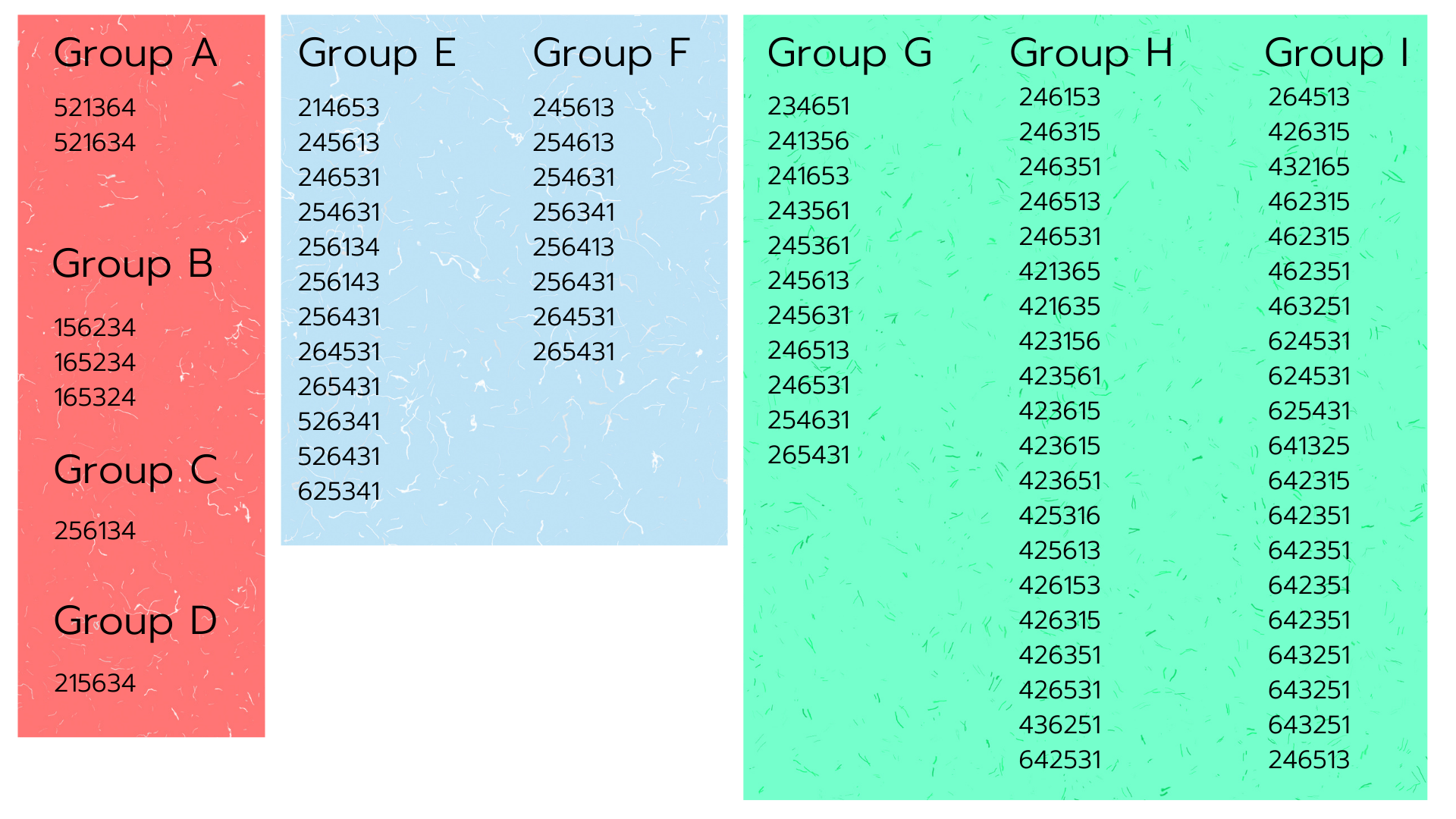
Groups A to D are all cultivars of Piper wichmanii (wild kava), which is not recommended for recreational drinking. These kavas all have a high chance of producing unwanted side effects.
Groups E and F are cultivars of Piper methysticum but have undesirable psychoactive effects due to high levels of DHK and DHM.
Groups G, H, and I are the kavas we normally want to drink. The physiological traits of these kavas are much more desirable.
Single Origin vs. Kava Blends
Most of the kava powders sold on the international market are blends. You can find products like “Tongan Reserve,” “Premium Vanuatu,” “Instant Fijian Kava,” or “Solomon Islands Kava.”
Vendors will buy up whatever kava they can get their hands on and blend it together into one or two different products. This makes it much easier to maintain an online shop with dozens of different product SKUs, but the consistency of one bag to another can be extreme.
Single-origin kavas contain just one cultivar.
For example, instead of a generic “Vanuatu kava,” you can buy “Palisi’, “Borogu,” or “Melo Melo,” which are all individual strains from Vanuatu.
In the debate of single-origin vs. kava blends, there’s no clear winner. A decent kava blend offers all the same benefits of single-origin kava. For casual drinkers, this is perfectly sufficient. The downside is that there’s a lot of variability from one bag to the next because the cultivars used to make it can change throughout the year.
For people who drink kava often, it may be more interesting to try out different cultivars to see how they feel and taste.
If you find one you like, you can continue ordering it and know the effects are going to be similar from one bag to the next.
Noble vs. Tudei Kava
Most people who drink kava only drink noble cultivars. There’s only a handful of tudei strains that are even worth drinking for non-medical use.
Noble kava and tudei kava are differentiated by the effects of the kava.
The chemocode can be used to define them too (usually strains with 2 and 5 listed within the first three digits), but this isn’t always the most reliable marker. Some noble kavas have chemocodes that correspond to tudei kava.
Kava that has a high concentration of DHK and DHM will make users feel intoxicated or drunk — but not in a good way. Tudei kava feels very heavy and sedating. You may feel nauseous, your head may start to ache, and you feel lazy and lethargic.
Tudei means “two-day” because of how long-lasting these effects are. You may feel the effects for up to two days.
Noble kavas are the strains that have high concentrations of kavain and lower concentrations of DHK or DHM. These kavas produce the effects that are most desirable for daily use. They’re less intoxicating, more clear-headed, and have a way lower chance of causing side effects.
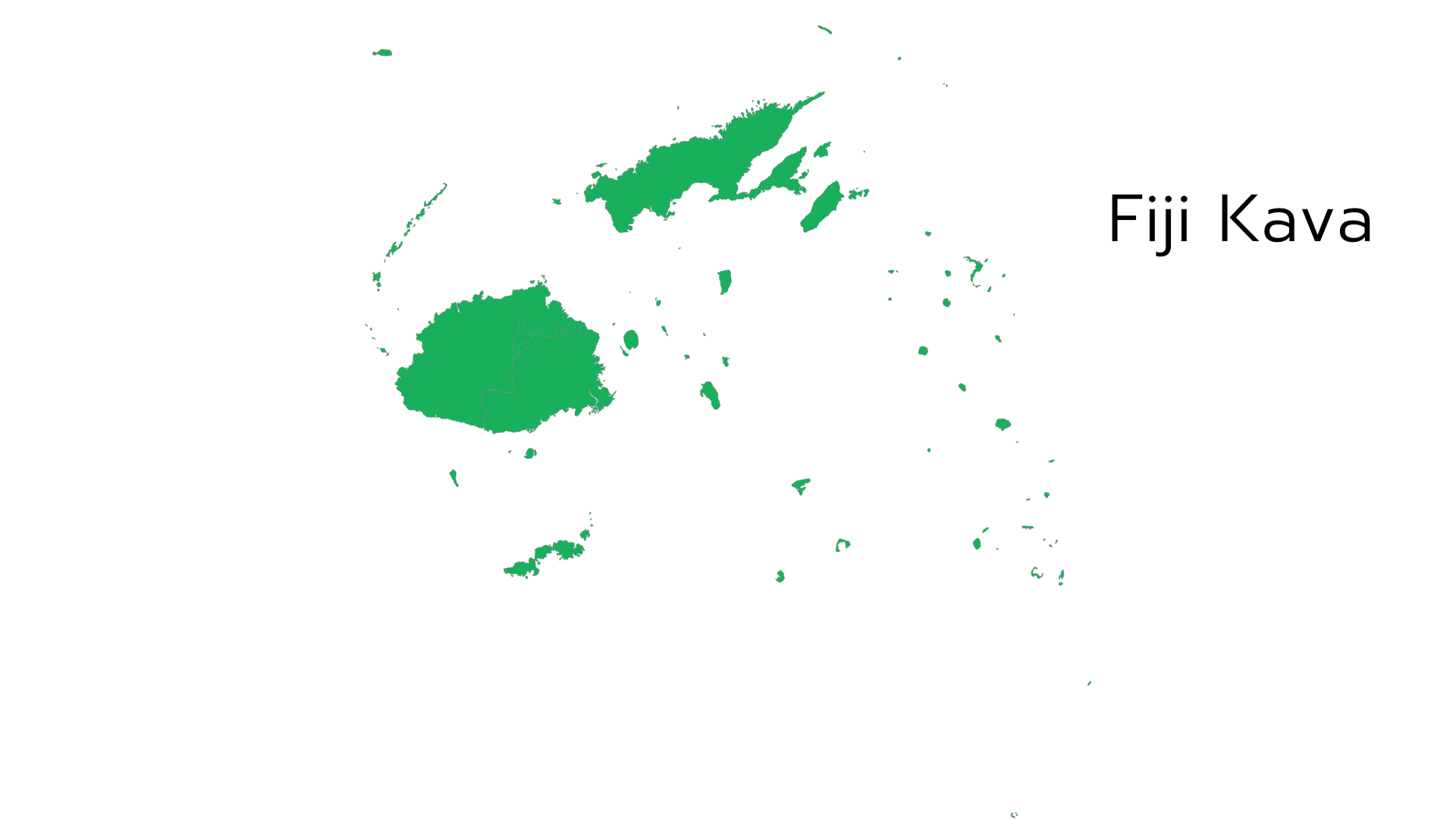
Fijian Kava
Like most pacific island archipelagos, Fiji has its own name for kava. In Fiji, kava is called Yaqona (pronounced yan-go-na).
Fijian kava is known for its creamy flavor. The closest alternative in terms of flavor is Tongan kava.
When the same cultivars are grown on a different island, such as Hawaii, the flavor never gets quite the same creamy, nutty flavor of Fijian-grown kava.
I get less “kava face” with Fijian (or Tongan) kava than I do with other origins (generally speaking).
Fiji is the only country that separates the lateral roots and the basal root. Most kava farmers mix both parts of the root together for more even distribution of the active kavalactones.
There are three different “types” of Fijian Kava:
- Kasa refers to the basal portion of the stem. It’s the cheapest, most fibrous, and weakest part of the kava plant.
- Lawena refers to kava made from the basal part of the root and stem. This part of kava tastes better than waka but is also milder in terms of the effects.
- Waka refers to the lateral roots. These have a more bitter flavor but offer stronger effects overall. This is the most expensive and desired kava product in Fiji.
When naming a new kava cultivar, Fijians first describe the color of the plant (vula for white, loa for dark), then the size of the plant (balavu for tall plants, or leka for shorter plants).
Other names may come from plants that are particularly spotted (matakaro), or depending on the village or region the roots come from (such as Qila or Taveuni).
Fiji has a lot of black kava cultivars (called black, but the color is closer to purple). Black kava cultivars such as loa kasa leka, or loa kasa balavu are less potent than the “white” cultivars (actually a light green) but grow faster and are more resiliant.
Farmers will often plant a combination of the hardier and more resilient black strains among their white kava as a hedge in case their crop is wiped out by insects or harsh weather.
Best Fijian Kava Vendors:

Dokobana Vula
| Chemocode | 642351 |
| Chemotype Group | I |
| Effect Profile | Heady |
Dokabana Vula is a very rare and highly prized Fijian kava root. It’s exclusively produced on the island of Kadavu in Fiji.
This kava has a strong euphoric quality and a subtle sweet flavor (something that’s extremely rare in the kava world).

Honolulu
| Chemocode | 642351 |
| Chemotype Group | I |
| Effect Profile | Balanced |
The origins of this strain are unknown. The fact that this cultivar doesn’t follow any of the traditional naming conventions used to describe kava cultivars in Fiji (and is named after a city in Hawaii), means this kava was likely introduced to the country within the past few decades.
Honolulu kava is a good all-arounder in terms of its effects. It’s strong but not too sedating — perfect for use during the day.

Loa Kasa Leka
| Chemocode | 643251 |
| Chemotype Group | I |
| Effect Profile | Balanced |
Loa Kasa Leka refers to a short cultivar of kava with dark purple stems.
This kava is popular and fairly common in Fiji because of how easily it can be grown with other crops (thanks to its smaller size).
However, outside of Fiji, this strain is hard to find in single-origin form. A lot of the generic “Fijian kava” on the market contains at least some Loa Kasa Leka.

Loa Kasa Balavu
| Chemocode | 642315 |
| Chemotype Group | I |
| Effect Profile | Balanced |
This cultivar looks the same as Loa Kasa Balavu except that it’s much taller — often reaching 2 or 3 meters in height by the third or fourth year of growth.
This kava isn’t considered top-shelf and is sometimes used as a border alongside other, more valuable kava as a source of windbreak and protection against hurricanes or other tropical storms.
This kava sometimes ends up in cheaper Fijian kava blends. It’s bitter and much weaker than the high-value “white kava” cultivars in the region — but offers noticeable psychoactive effects nonetheless.

Loa Lawena
| Chemocode | 463251 |
| Chemotype Group | I |
| Effect Profile | Balanced |
Loa Lawena is the opposite of Loa Waka — it refers to kava that’s made from the basal roots of the plant.
These roots aren’t as strong but have a more creamy taste than Loa Waka. People who drink lawena kava care more about the taste than the potency of the root.
It’s relatively easy to find these Loa Lawena from just about any Fijian kava vendor these days. However, because these roots come from any cultivar, the consistency from one batch to another leaves a lot to be desired.

Loa Waka
| Chemocode | 426351 |
| Chemotype Group | H |
| Effect Profile | Balanced |
Loa Waka isn’t a specific cultivar — it refers to kava that’s made specifically from the lateral roots of dark kava plants. Lateral roots are stronger in their psychoactive effects but have a much less agreeable taste than the basal root.
Just about any cultivar can be used for this product, and many Fijian farmers don’t specify which plant these roots came from. The only requisite to be considered a Loa Waka is that the plants they came from were dark in color, and the preparation was made from lateral roots only.
In Fiji, it’s very common to simply look for the lateral or basal roots — rather than seeking out a specific cultivar like other parts of the South Pacific.
You can find Loa Waka roots from just about any vendor that has a Fijian kava connection. Because they’re considered lower quality than a Vula Waka, these roots are more widely available outside Fiji. The Fijians themselves will usually buy up as much of the higher quality kava they can.

Matakaro Balavu
| Chemocode | 642351 |
| Chemotype Group | I |
| Effect Profile | Balanced |
Matakaro Balavu and Matakaro Leka are very similar to Dokabana Vula in their effect profiles but differ in their morphological appearance.
Matakaro is covered in dense purple spotting over the otherwise dark to light green hue.
The balavu roots are the larger version of this cultivar compared to the short Matakaro Leka plant.
Other names for this cultivar include Damu, Gau, and Kasa Naloto.

Matakaro Leka
| Chemocode | 624531 |
| Chemotype Group | I |
| Effect Profile | Balanced |
Matakaro Leka is a short, dark green kava cultivar covered in dark purple spots all over the nodes.
This cultivar is reported to be balanced overall but with a stronger lean towards the more sedative side of the spectrum.

Qila Balavu
| Chemocode | 643251 |
| Chemotype Group | I |
| Effect Profile | Heady |
Qila Balavu and Qila Leka are both named after a beautiful and remote string of islands located on Vanua Balavu Island.
Locals in the region refer to it as Qilaqila, but it’s called the Bay of Islands in English.
This kava refers to a cultivar common on the coastline of Vanua Balavu. The Balavu strain is the taller version, while the leka strain is a short but similar-looking cultivar.

Qila Leka
| Chemocode | 643251 |
| Chemotype Group | I |
| Effect Profile | Heady |
This strain is grown on the island of Vanua Balavu. It’s a short, dark to light-green cultivar that’s very popular in the capital city of Suva.
It’s very rare to find this kava as a single origin root powder outside of Fiji.

Taveuni Waka
| Chemocode | 245631 |
| Chemotype Group | G |
| Effect Profile | Balanced |
This “cultivar” is very common on the market, but it’s more of a Westernized marketing term than an actual cultivar.
Taveuni is a place in Fiji where a lot of kava is grown. It’s the third-largest island in the Fijian archipelago and thus one of the main suppliers of kava in the country.
There’s more than one cultivar grown on this island, but most of the vendors that source any cultivar from this region will label it as “Taveuni Waka.” The waka portion of the name refers to the part of the root that’s used — in this case, the basal root and stem base.

Vula Kasa Balavu
| Chemocode | 462315 |
| Chemotype Group | I |
| Effect Profile | Heady |
This is the same product as Vula Kasa Leka, but the plants it’s derived from is much taller.
Vula Kasa Balavu has long, thin internodes and a light green color. It’s a favorite in more coastal regions of Fiji because it’s both a white kava (more valuable) and serves as a great wind block for strong tropical winds.

Vula Kasa Leka
| Chemocode | 643251 |
| Chemotype Group | I |
| Effect Profile | Heady |
In Fijian kava slang, “kasa” refers to the lower portion of the stem of the kava plant. This part of the plant contains kavalactones but in lower concentrations than the root and has a much higher fiber content.
As such, kasa products are generally much cheaper than lawena products, which are themselves cheaper than the more desirable waka (lateral roots) products.
The “leka” portion of the name refers to the short stature of this plant.

Vula Waka
| Chemocode | 462351 |
| Chemotype Group | I |
| Effect Profile | Heady |
Vula refers to “white” kava plants — which are regarded as the top-shelf kava strains in the region.
While no kava is particularly white, it can range anywhere from deep purple to light green. Kava with a nice light green color is generally sold as “vula” or “white” kava.
As with any Fijian roots, you can get both the lateral roots of white kava (waka) or the basal roots (lawena).

Vanuatu Kava Cultivars
Vanuatu is the largest exporter of kava in the world. The culture has a rich history of kava drinking.
Some anthropologists believe Vanuatu could be the original source of the Piper methysticum plant before it spread throughout the Pacific islands with the help of Polynesian settlers. Of course, there’s a lot of debate about this, and because of how widespread kava is at this point, there’s no way to know for sure.
In Vanuatu, kava has many names depending on the region. Vanuatu is a massive archipelago with 83 islands in total. It’s one of the most diverse countries in the world, with a total of 105 languages. As such, the names of both kava itself and individual cultivars will change depending on what part of the country you’re in.
Common names for kava in Vanuatu include Maloku (Maeewo), Malok (Ambae), Malox (North Malakula), Malohu (West Santo), Mologu (Pentecost), Namaloku (Emae and Nguna). The names for kava are similar to the Tongan root for the word, which is Namaluk.
The categorization of kava in Vanuatu is very detailed. There are at least 247 different cultivars of kava grown in Vanuatu. Most likely, many of these cultivars are merely different names for the same cultivar (because of how diverse the terminology for kava is in this region).
Best Vanuatu Kava Vendors:
- The Kava Society of New Zealand
- Root of Happiness
- Kalm With Kava
- DrinkRoot

Apin
| Chemocode | 625341 |
| Chemotype Group | E |
| Effect Profile | Balanced |
The Apin cultivar one of the few group E chemotype kavas available in Vanuatu. Chemotype E signifies the high concentration of the kavalactones dihydrokavain (DHK) and dihydromethysticin (DHM).
What makes this cultivar unique is that it also has a very high methysticin content — which levels out the sedative qualities by providing a boost of the euphoric effects.
This is a really nice kava to drink in the evenings before bed and is hands down one of the strongest strains in Vanuatu.
Unfortunately, this cultivar is very hard to find outside of Vanuatu because of how popular it is. Most kava bars in the country buy this stuff up before it can even make it on the international market.

Bir Kar
| Chemocode | 425613 |
| Chemotype Group | H |
| Effect Profile | Heady |
Bir Kar is a rare strain of kava with a characteristic “fast and strong” effect profile.
The word “kar” means red — which refers to the red hues on the nodes of this kava plant. It’s only grown on the island of Espiritu Santo in Vanuatu (as far as we know).
The effect profile of this strain is best described as heady but has a pleasant muscle-relaxant quality that most heady kavas lack.
Up until recently, this kava was very difficult to find. Kava Society New Zealand recently started stocking single-origin kava root powders, and Bir Kar just so happened to be one of them.
This stuff is well worth a try if you haven’t yet had the pleasure.

Borogu
| Chemocode | 246531 |
| Chemotype Group | G |
| Effect Profile | Balanced |
Borogu is, by far, one of the most internationally known Vanuatu-grown kava strains.
In Vanuatu, “boro” means small. This is a reference to the compact size of this kava plant, as well as the shallow depth of the roots — which tend to extend out just below the surface of the soil where they probate into new plants along the way.
This kava is easy to grow, produces a nice potent kava, but is notoriously bitter.
The names used for Borogu kava is confusing, as some parts of Vanuatu refer to this cultivar as Borogoru (North Island), and other parts calling it Gorogoro (South Islands).
There’s also another (separate) strain called Borongoru.

Borogu Temit
| Chemocode | 423561 |
| Chemotype Group | H |
| Effect Profile | Heady |
This strain is very similar to Borogu, but the stems have a lighter color. The word “temit” means white.
It’s common for kava drinking cultures to refer to kava as black or white, even though the true colors are closer to purple or light green, respectively.
The lighter-colored kava plants are generally thought of as being more premium and have both a better flavor and psychoactive effect profile.
As such, this is considered the premium version of the more common Borogu kava.

Borogu Tememe
| Chemocode | Unknown |
| Chemotype Group | Unknown |
| Effect Profile | Heavy |
This is another off-shoot of the more popular Borogu kava. The word “tememe” means red — so this form of Borogu has a red hue on parts of the stems.
This is a particularly strong cultivar with a heavy, sedating action and potent psychoactive properties.
It’s very difficult to find this kava cultivar outside of Vanuatu.

Borongoru
| Chemocode | 241356 |
| Chemotype Group | G |
| Effect Profile | Heavy |
This kava cultivar is a group G chemotype — which is the most popular grouping of kava along with H and I. This strain is characterized by a high kavain and low DHM content.
Kavain is associated with many of the primary benefits of kava — including euphoria and anxiety reduction, while DHM is much more sedative and nauseating.
Borongoru is one of the most common cultivars of kava internationally. Most Vanuatu blends contain a good portion of Borongoru, which is usually “watered down” with a cheaper Vanuatu kava like Borogu or Nene.

Eva
| Chemocode | 423615 |
| Chemotype Group | H |
| Effect Profile | Balanced |
Eva kava is a balanced strain with similar effect profiles to other popular cultivars such as Namabawan and Borogu (both from Vanuatu).
This strain is classified as a group H kava cultivar — which means it’s highest in kavain and DHK.
Eva and other H kava strains are generally regarded as the best strains for promoting creativity. This particular strain isn’t too strongly psychoactive, which makes it a great option to use during the day while working on projects of creative endeavors.

Kau
| Chemocode | 521364 |
| Chemotype Group | A |
| Effect Profile | Tudei Kava |
Kau is a strain of Piper wichmanii — which is a different species of kava compared to most kava.
This strain and other Piper wichmanii cultivars should be avoided unless you know how to use these plants. Most of the time, they’re going to taste awful, produce long-lasting nausea, dizziness, and potentially drunk sensation.

Kelai
| Chemocode | 421365 |
| Chemotype Group | H |
| Effect Profile | Heady |
This strain comes from the island of Epi in Vanuatu. This kava has a lot of demand within Vanuatu, which means it’s hard to find internationally.
Fortunately, companies like Kava Society New Zealand, which have been making a push into carrying single-origin kava cultivars, recently tapped into a source for this strain — bringing the beautifully heady and light nature of Kelai kava to the international market.
This strain gets a lot of credit as one of the top-rated kava strains in the world — and we tend to agree — especially if you like heady kava.

Malogro
| Chemocode | 256431 |
| Chemotype Group | F |
| Effect Profile | Tudei Kava |
Malogro is a group F kava — which means it’s highest in DHM and DHK. This profile is more characteristic of kava cultivars from Papua New Guinea and tends to produce less desirable psychoactive effects.
This is not a standard recreational kava strain. It’s usually reserved for medicinal use among local herbalists and healers than it is for social drinking.

Melo Melo
| Chemocode | 425316 |
| Chemotype Group | H |
| Effect Profile | Balanced |
Melo Melo kava (AKA melmel) is a very mild but enjoyable kava strain. The word “melmel” translates to “nothing.” This is a reference to its more subtle effect profile.
This kava is definitely psychoactive, but nobody would argue this is far from the strongest strains you can get.
While this may sound like a negative, Melo Melo is actually one of the best-selling kava stains from Vanuatu. People enjoy this kava for its lack of aftereffects the following day, even after nights of heavy kava drinking.
Traditionally this strain was reserved for the chief because it allowed him to continue drinking kava for many hours while talking without feeling drunk or sleepy.
The Melo Melo plant is smaller and has yellowish leaves and stems.

Metolei
| Chemocode | 234651 |
| Chemotype Group | G |
| Effect Profile | Unknown |
There isn’t a lot of information about the Metolei strain. It’s a group G cultivar which means it’s highest in DHK and yangonin which give it a strong anxiolytic profile.
It’s extremely difficult to get this kava. I have a sneaking suspicion it goes by another name in Vanuatu, as I have been unable to find any additional information on this strain.
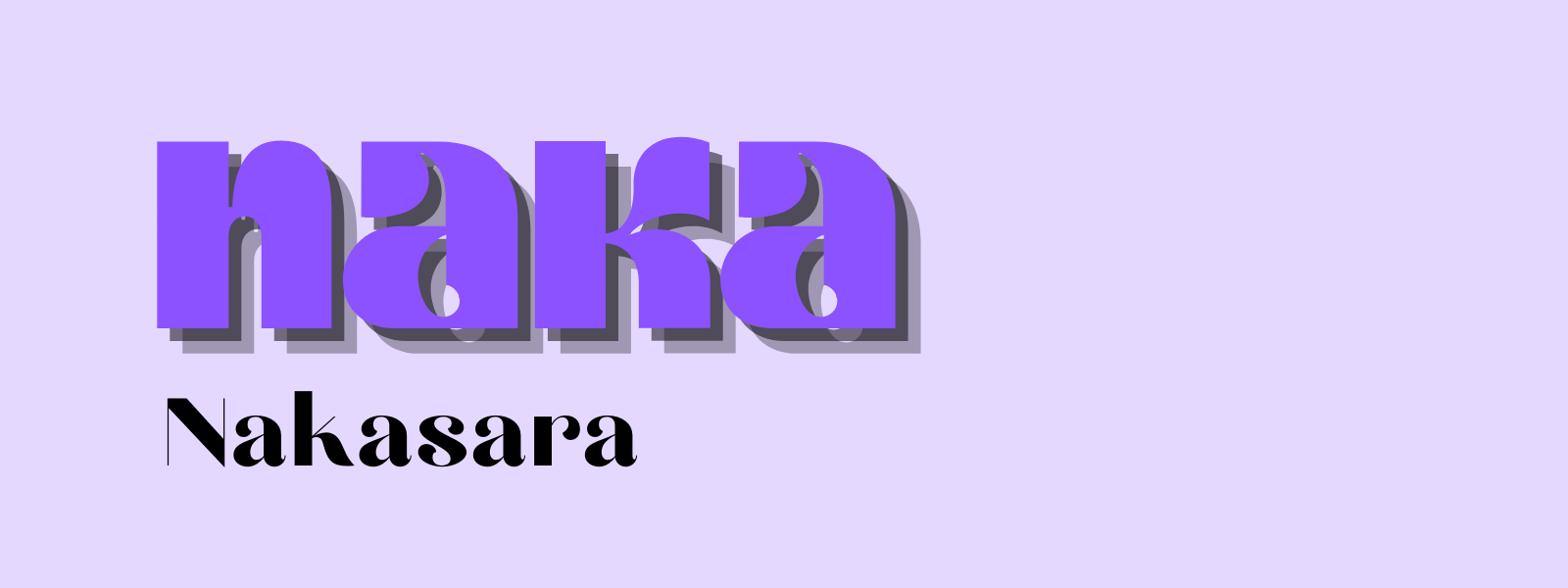
Nakasara
| Chemocode | 265431 |
| Chemotype Group | F |
| Effect Profile | Heavy |
Nakasara is a group F kava reserved for medicinal use only. This is not a kava cultivar you’ll want to try without knowing exactly what you’re getting yourself into first.
This kava is very strong, very heavy, and has a high chance of producing unwanted side effects if you use too much.

Nambawan
| Chemocode | 423615 |
| Chemotype Group | H |
| Effect Profile | Balanced |
Namabawan has the same effect profile as Eva and Borogu kava (both from Vanuatu). It’s unclear what makes this strain different, but a few vendors are selling it as its own single-origin kava cultivar.
We consider the effects of this kava as “heavy” and sleep-promoting, but Bula Kava House, one of the primary sellers of this kava strain, lists it as a balanced kava.
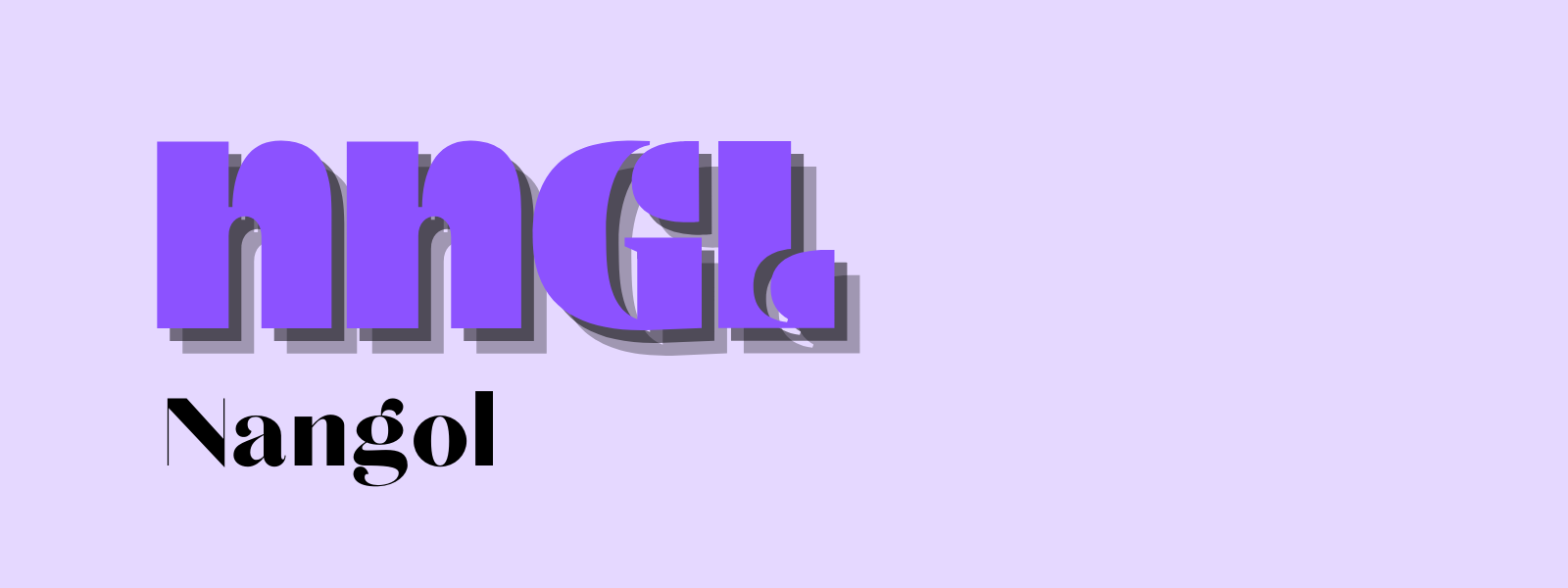
Nangol
| Chemocode | 426315 |
| Chemotype Group | H |
| Effect Profile | Heady |
Nangol is popular outside of Vanuatu thanks to the work of Bula Kava House who has been supplying it internationally for the past decade.
Nangol is a balanced kava with mild to moderate psychotropic effects. It’s useful for promoting focus and concentration, enhancing the creative thought process, and easing mild anxiety.
You’ll often find this strain in Vanuatu blends, and there are reports that some farms on Hawaii are growing it now too.

Ono
| Chemocode | 423156 |
| Chemotype Group | H |
| Effect Profile | Balanced |
Ono kava is a Vanuatu strain, but the only vendor selling it at the moment is Cactus Kava, who are using Hawaiian-grown roots.
Traditional Ono kava is a group H kava cultivar — which means it’s ideal for promoting relaxation but isn’t as sedative as other strains.
It’s unclear how different this cultivar feels when sourced from Vanuatu compared to Hawaii. The differences in climate have a big impact on the psychoactive “flavor” of kava.

Paama
| Chemocode | 246153 |
| Chemotype Group | H |
| Effect Profile | Heady |
Paama is one of the many islands that makes up the Vanuatu archipelago. Paama kava is, therefore, the primary cultivar grown on the island.
The effects of this kava are considered heady, with a strong social component.

Palarasul
| Chemocode | 246351 or 423156 |
| Chemotype Group | H |
| Effect Profile | Balanced |
Palarasul is best described as a “clear-headed kava.” It’s psychoactive, but the effects don’t inebriate the mind — you can think clearly, but feel euphoric and relaxed.
This prized kava cultivar is grown on the island of Espiritu Santo and rarely makes it off the island. The locals love this kava and consume most of it themselves.
The Kava Society New Zealand has offered this strain as a single origin kava root for the past couple of years, and sometimes you can find it at Squanch Kava. It’s definitely worth a try if you like the chilled-out nature of kava but prefer to maintain a level head while you drink.

Palisi
| Chemocode | 265431 |
| Chemotype Group | E |
| Effect Profile | Tudei Kava |
Palisi is a cultivar grown in Vanuatu as well as Hawaii, known for its very strong psychoactive effects. This kava is a group E strain, which means it has a high DHK and DMY content.
Many people find this kava too strong and the body load too intense. It can nearly incapacitate you, and if you take too much, you’ll feel drunk and dizzy for several hours.
This strain is rarely sold on the international market.

Pia
| Chemocode | 426153 |
| Chemotype Group | H |
| Effect Profile | Heady |
Pia kava (aka Pia Tanna) is a noble cultivar of kava grown primarily on the island Espiritu Santo in Vanuatu.
This strain is well-loved locally and rarely finds its way onto the international market. The effects are mellow but strongly euphoric.

Pirimerei
| Chemocode | 254631 |
| Chemotype Group | G |
| Effect Profile | Heavy |
Pirimerei kava is a group G kava, which makes it similar to popular options like Borogu.
However, Pirimerei is a bit of an outlier in this grouping and would normally sit somewhere in the tudei varieties (group F). The kavalactone content is similar to tudei kavas (best to avoid these); however, the effects are quite different.
This kava is very tolerable, and the heavier, “tudei kava-like” qualities make it a great option for use in pain management, especially in the evenings before bed.

Poua
| Chemocode | 245361 |
| Chemotype Group | G |
| Effect Profile | Balanced |
Poua isn’t available internationally outside of Vanuatu except for very specific cases. This kava is purely reserved for ceremonial use. It’s one of the best noble kava cultivars in Vanuatu, with a very smooth flavor and potent, heady effects that gradually fade into more of a heavy profile by the third or fourth hour.
If you can find Poua kava, get it while you can, but it’s unlikely you’ll be able to find this one for sale anywhere outside Vanuatu.
Even within Vanuatu it’s not easy to get a hold of this stuff.

Rong Rong Wul
| Chemocode | 246315 |
| Chemotype Group | H |
| Effect Profile | Unknown |
Rong Rong Wul is a dark cultivar with deep purple stems and leaf veins. It’s a fast-growing, hardy strain.
There’s a lot of folklore around Rong Rong Wul. For example, the word “Wul” means moon — as it’s thought this strain needed to be planted on the night of a full moon in order to grow properly and produce strong kava.
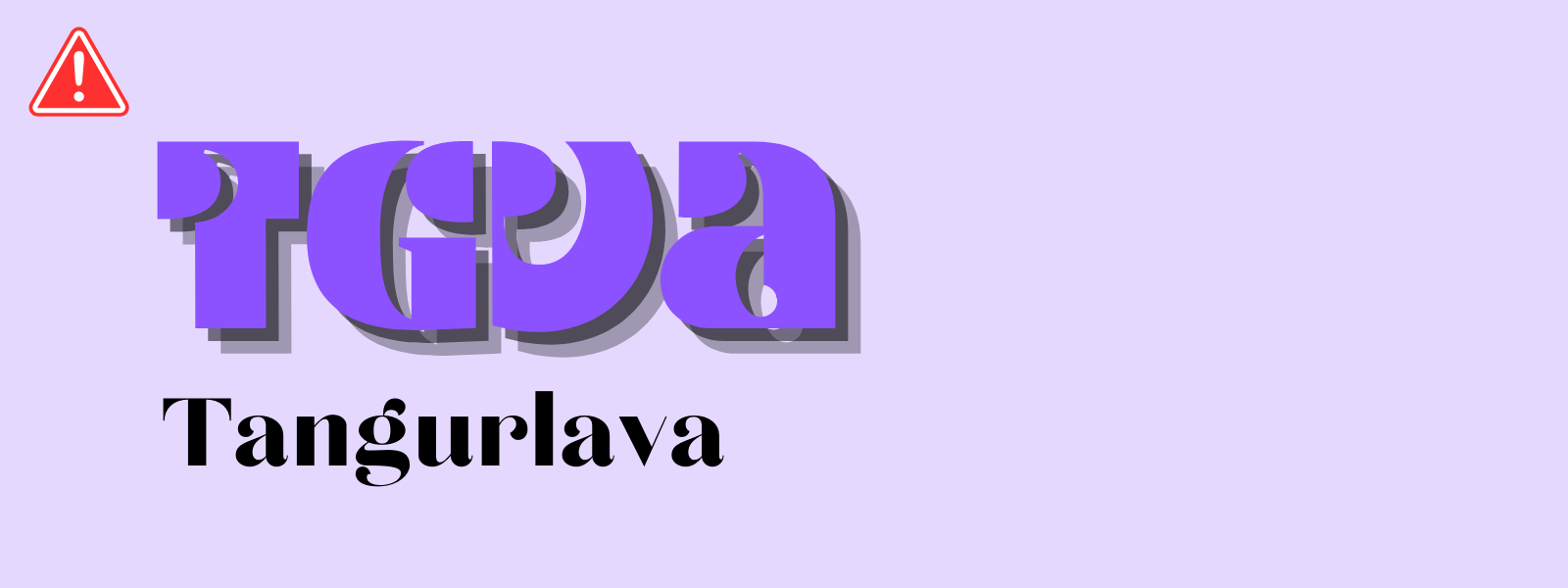
Tangurlava
| Chemocode | 526431 |
| Chemotype Group | E |
| Effect Profile | Tudei Kava |
Tangurlava is a cultivar of Piper wichmanii — AKA wild kava. It’s primarily found on the island of Maewo.
Wild kava is a little bit different from tudei kava, but the effects are very similar. This species is thought to be the parent of Piper wichmanii — which is the kava primarily used for drinking.
Wile kavas like Tangurlava are very heavy and carry a high risk of side effects like nausea, drunkenness, or sedation.

Tabal
| Chemocode | 526341 |
| Chemotype Group | E |
| Effect Profile | Tudei Kava |
Tabal kava looks like Borogu Tememe, but it’s a much larger plant — often reaching as high as 4 or 5 meters tall.
This cultivar is often planted near homes to serve as a windbreak — especially along coastal parts of the island where the wind can be extreme. This plant is exceptionally durable and one of the few plants to survive after a hurricane.
The word “tabalan” means war — which is a tribute to the type of applications this particular plant was used for.
Today, this kava is very rarely used for drinking as-is because of how strong it is. The taste is exceptionally bitter, and the effects are so heavy and sedating you won’t be able to last more than an hour or two before falling asleep or becoming nauseous from its strong kavalactone content.
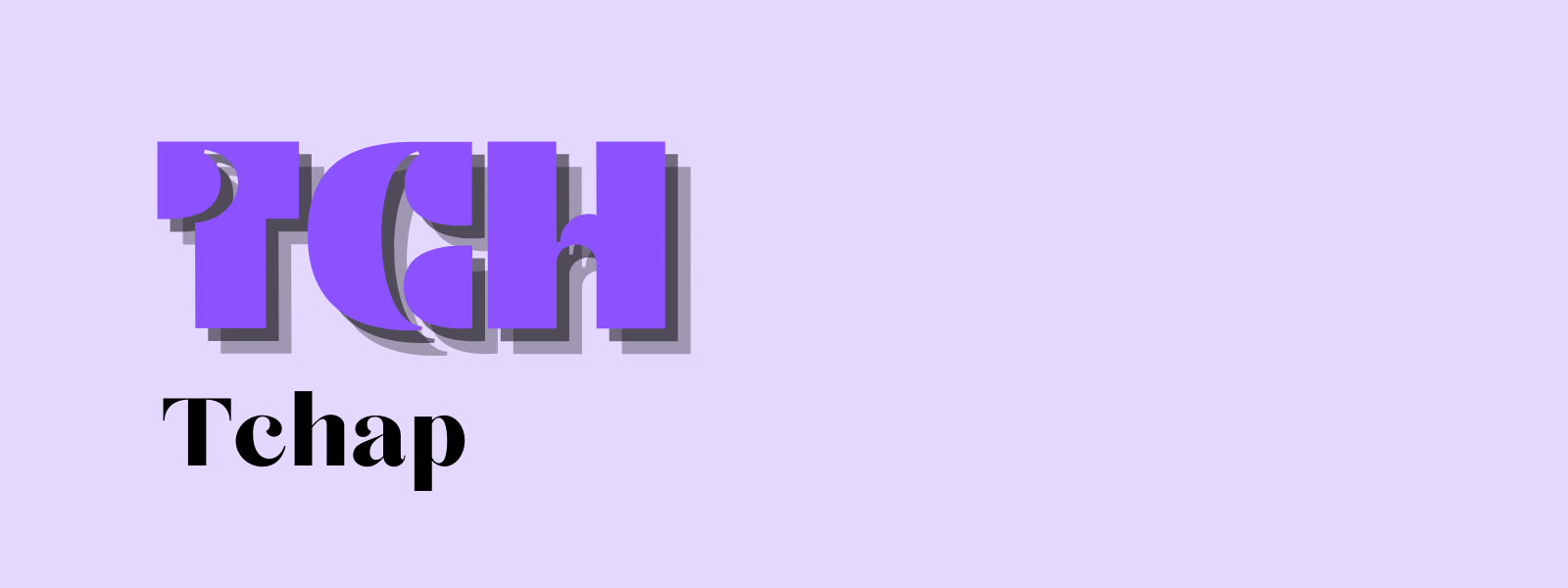
Tchap
| Chemocode | 462315 |
| Chemotype Group | I |
| Effect Profile | Heady |
Many seasoned kava drinkers list Tchap as one of the best noble kava strains in Vanuatu. It has a particularly high kavain and methysticin content — which is exactly what you’d look for in a premium heady noble kava cultivar.
This strain is super mellow, has a low chance of causing unwanted side effects, and is very pleasantly euphoric.
Unfortunately, there’s no good source for this kava at the moment. You can sometimes find it from different vendors as a special release product, but nobody is carrying it as a standard offering yet.
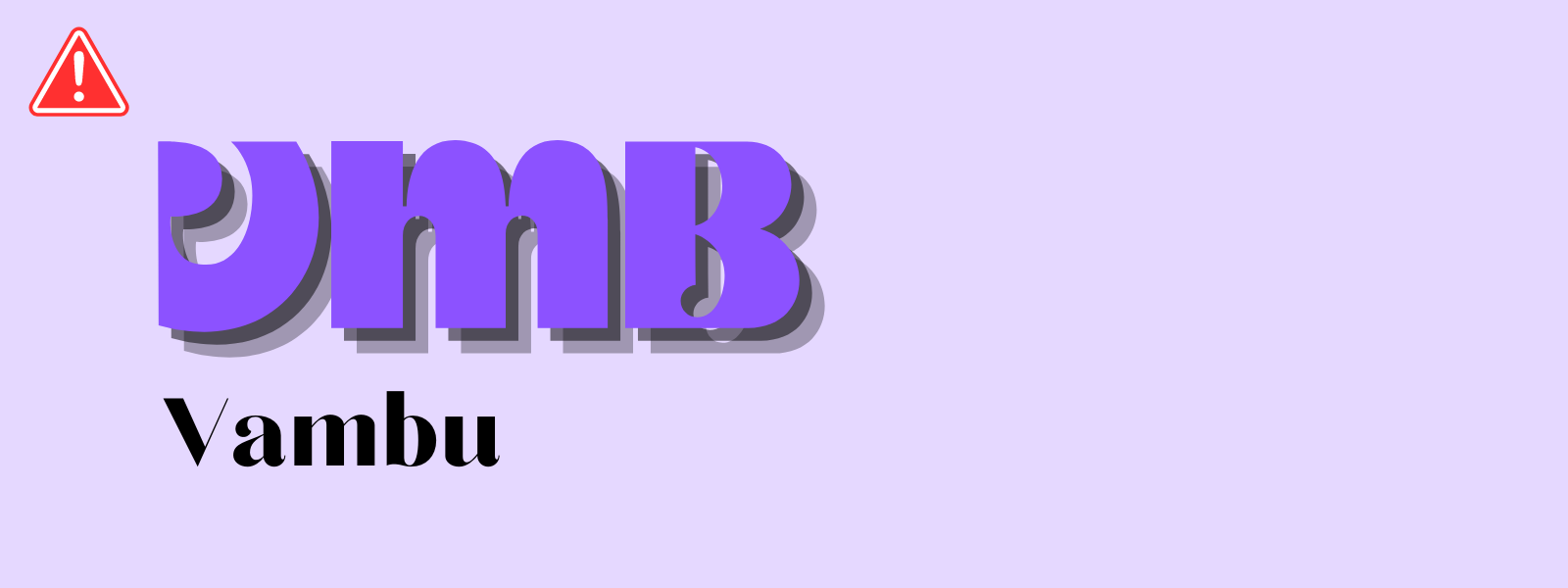
Vambu
| Chemocode | 521634 |
| Chemotype Group | A |
| Effect Profile | Tudei Kava |
Vambu (AKA Buara or Bo) is a cultivar of Piper wichmanii — wild kava.
This cultivar is popular in some areas of Vanua Lava where it’s referred to as “Stone Kava.”
With that said, Vambu (and other P. wichmanii plants are considered inferior to just about any noble Piper methysticum.

Yag
| Chemocode | 246531 |
| Chemotype Group | H |
| Effect Profile | Unknown |
Yag is an uncommon cultivar most often grown on the small island of Aneityum in Vanuatu.
There isn’t much information about this cultivar, and there are no vendors selling this particular strain on the international market.
Other names for this strain include Tuan and Visul.

Yevoet
| Chemocode | 264531 |
| Chemotype Group | F |
| Effect Profile | Heavy |
Yevoet is considered a noble kava, but it has a kavalactone profile that closely resembles Isa kava.
It’s a heavily sedating strain from the island of Espiritu Santo.
This strain is primarily reserved for medicinal use and acts as an excellent muscle relaxer and sedative — but also has a high affinity for causing nausea or headaches if too much is used.
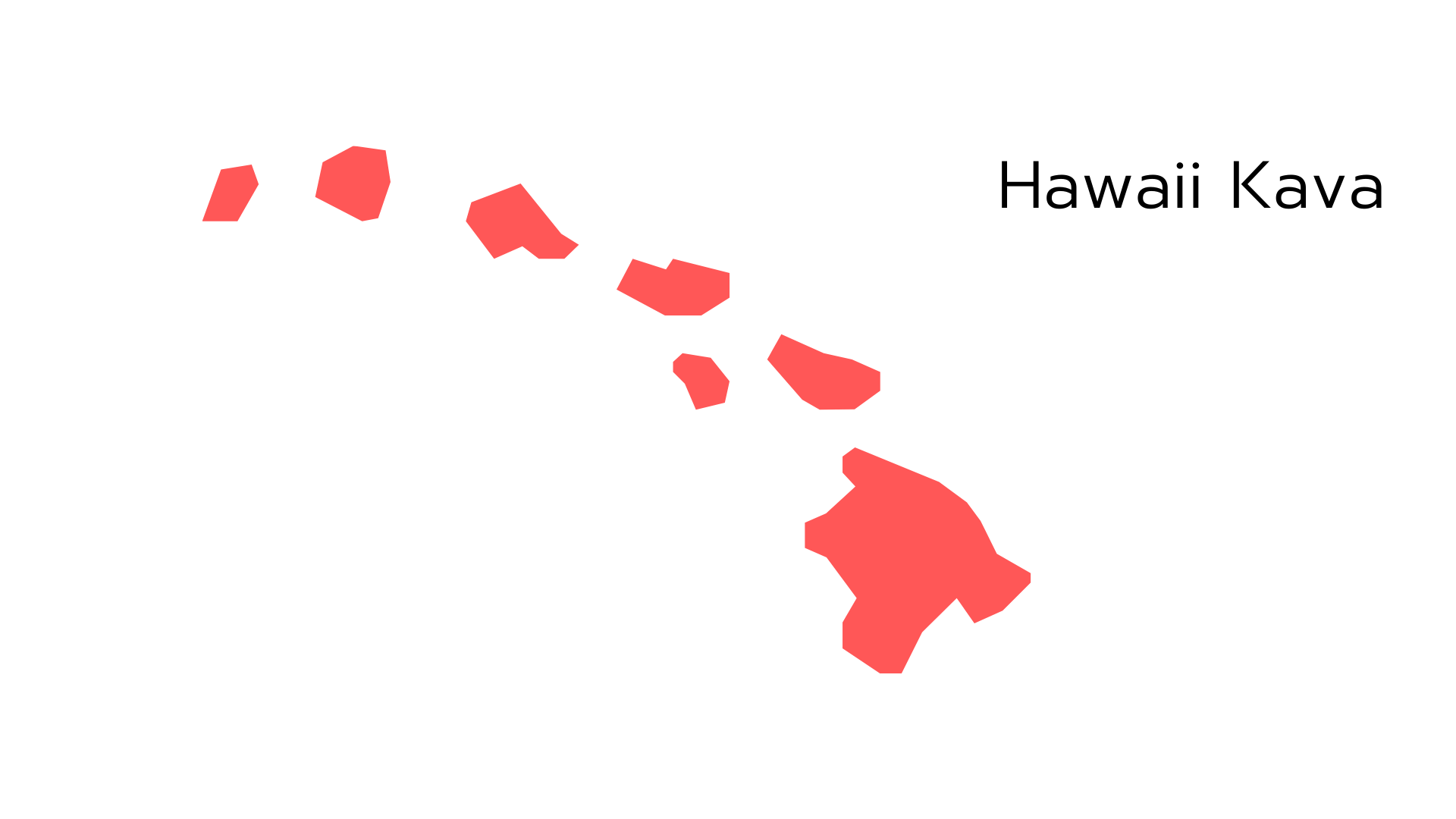
Hawaiian Kava Cultivars
Kava has a rich history of use in Hawaii, but much of the traditions have been lost — and with it, many of the traditional kava cultivars.
Aa a US state, Hawaii is often used to grow kava for US customers. The climate is suitable for growing kava, and there are no importation fees associated with growing kava on the Hawaiian islands.
As such, all sorts of different kava cultivars are grown on this island — including Fijian, Vanuatuan, Samoan, and Tongan kava cultivars.
The district of Puna is the most famous in Hawaii for its kava and is one of the last remaining regions with landrace Hawaiian strains of kava still being cultivated.
In Hawaii, kava is called Awa. Most kava grown in Hawaii will start with Awa, followed by the strain or cultivar name — such as Awa Hiwa or Awa Mo-i.
Hawaiian kava is decent overall, and there are many excellent strains here — but the flavor and potency are generally regarded as being a little weaker and more bitter than Fijian or Tongan kava.
Best Hawaiian Kava Vendors:
- Gourmet Hawaiian Kava
- Pu’u O Hoku Ranch
- Root of Happiness

Hanakapi’ai
| Chemocode | 423651 |
| Chemotype Group | H |
| Effect Profile | Balanced |
This is one of the few Hawaiian-specific cultivars leftover from the old world.
There hasn’t been much research on this variety, and the exact kavalactone distribution remains unknown.
However, this is often regarded as an excellent late-night kava option. It’s even said to induce more vivid dreams.
You can sometimes get this kava from Gourmet Hawaiian Kava or Pu’u O Hoku Ranch. This kava is seasonal from both suppliers (usually released sometime around May or June each year).

Hiwa
| Chemocode | Unknown |
| Chemotype Group | Unknown |
| Effect Profile | Heady |
Hiwa kava (AKA Awa Hiwa) is the most well-known of the Hawaiian cultivars.
This strain was traditionally reserved for the village chiefs because of its light, heady nature. The chief or kahuna could drink this kava for many hours without feeling sleepy or intoxicated.
This is the darkest kava strain on Hawaii, with a deep green hue covered in dark purple spots on the nodes.
You can buy this kava from Root of Happiness, Gourmet Hawaiian Kava, and Pu’u O Hoku Ranch (seasonally).
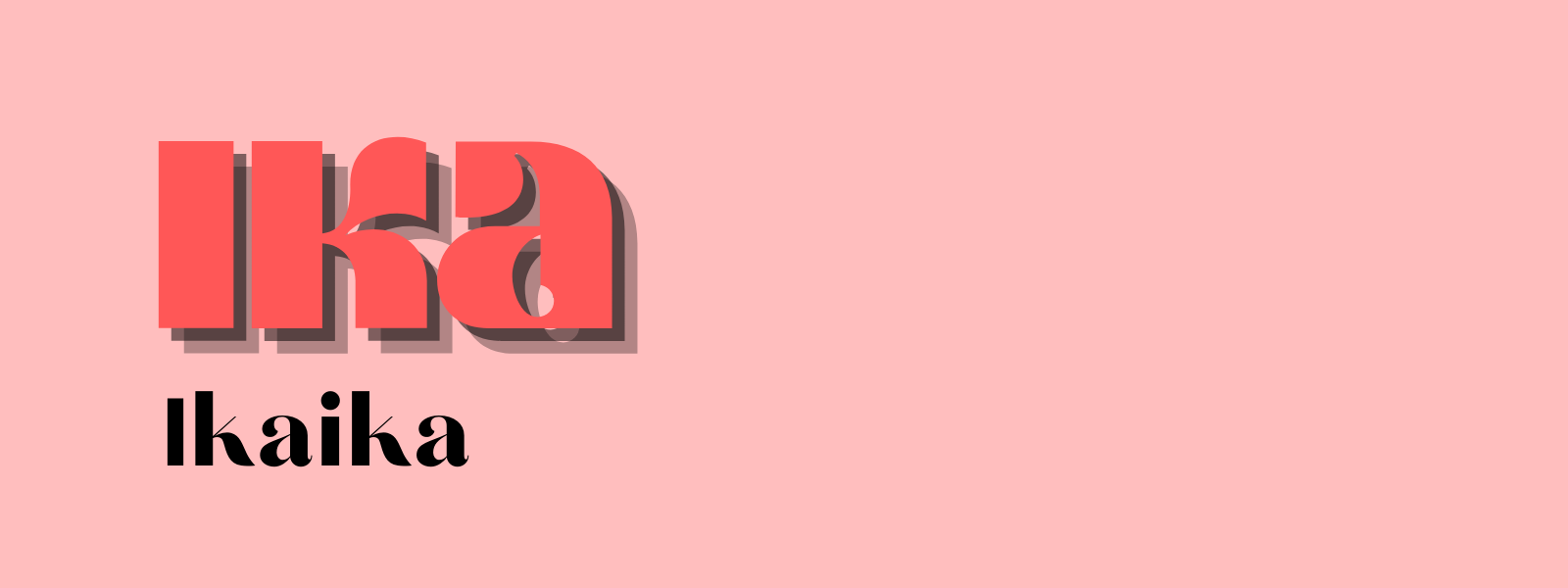
Ikaika
| Chemocode | Unknown |
| Chemotype Group | Unknown |
| Effect Profile | Heavy |
Ikaika is regarded as being the heaviest of the Hawaiian kava cultivars. You don’t need much of this stuff before you start to doze off.
This strain, like many Hawaiian cultivars, is almost always sold in fresh frozen form. This means it’s going to have a shorter shelf-life than dried kava powder, but the flavor is much better overall.
Hawaiian kava is notoriously bitter and has a back of the throat type of spiciness that makes it quite unpalatable. By selling it in fresh frozen form, a lot of this undesirable taste is removed.
You can get this strain from some of the standard Hawaiian vendors — including Root of Happiness, Gourmet Hawaiian Kava, and Pu’u O Hoku Ranch.
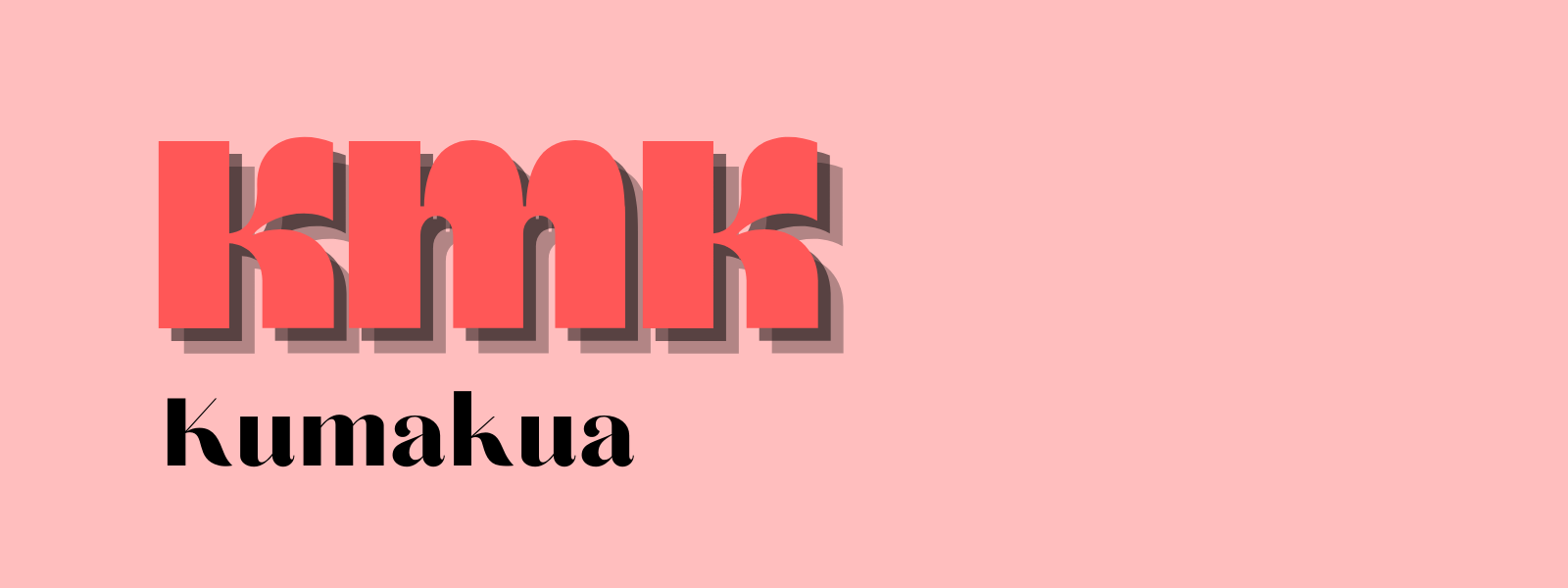
Kumakua
| Chemocode | Unknown |
| Chemotype Group | Unknown |
| Effect Profile | Balanced |
There isn’t much information available on this strain, and the specific kavalactone content hasn’t been tested.
This cultivar is characterized by tall, dark-green internodes. It’s a medium-sized plant with decent hardiness.

Mahakea
| Chemocode | Unknown |
| Chemotype Group | Unknown |
| Effect Profile | Balanced |
Mahakea is sometimes sold as “Makea” or “Akea” depending on the region. Most Hawaiian kava vendors sell this as Mahakea.
This strain has long internodes with a distinct reddish color on the nodes.

Mamaka
| Chemocode | Unknown |
| Chemotype Group | Unknown |
| Effect Profile | Unknown |
Awa Mamaka is a rare cultivar found on the Northern Island of Kauai. The details of this strain aren’t well known, and there are no vendors selling this cultivar at the moment.
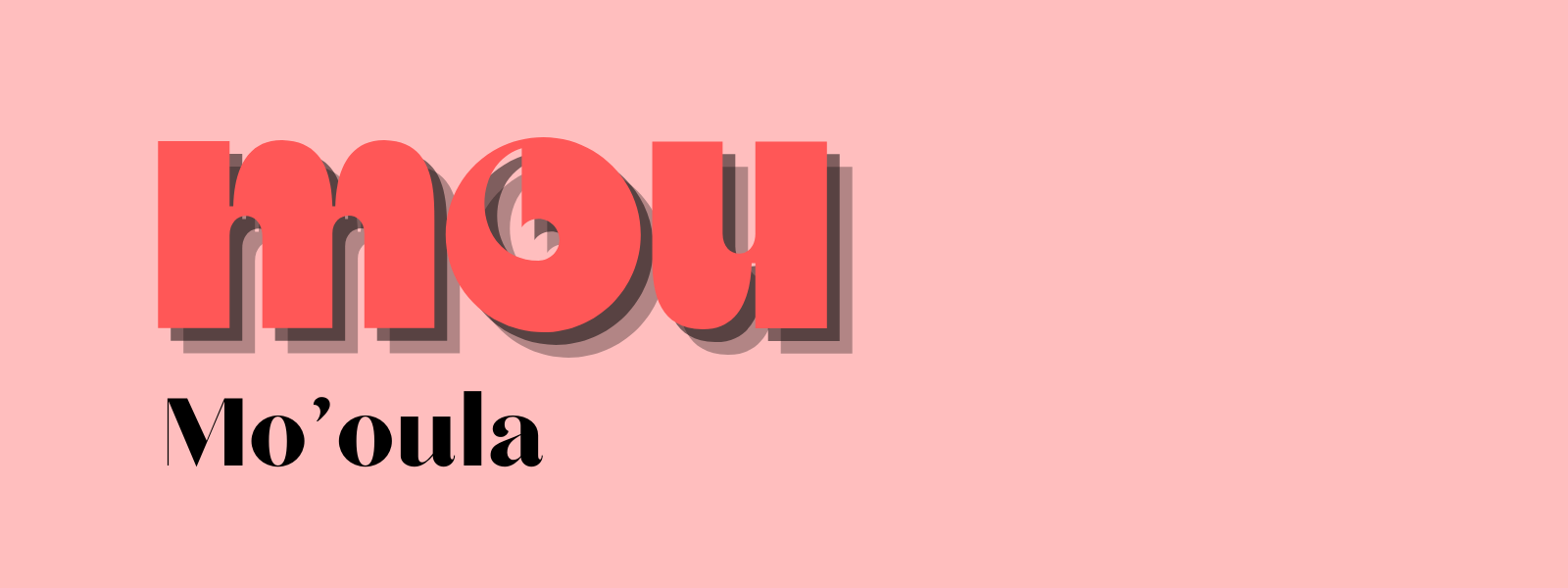
Mo’oula
| Chemocode | Unknown |
| Chemotype Group | Unknown |
| Effect Profile | Balanced |
Mo’oula kava is named after the Mo’oula falls in the island of Moloka’i.
This kava has a nice creamy character (rare for Hawaiian cultivars).
The effects of this kava are reported as balanced with a slight lean towards the heady side of the spectrum. It’s a nice mellow kava suitable for beginners or casual kava drinkers.

Mo-i
| Chemocode | Unknown |
| Chemotype Group | Unknown |
| Effect Profile | Heady |
Mo-i kava is often sold as Moi — but the proper pronunciation of the word follows the Mo-i spelling more accurately.
This strain has a really nice heady feel to it. It’s one of the best strains for use during the day while studying or at work. It helps get the creative juiced flowing without causing sedation or fatigue later on in the day (like many other heady or balanced kavas tend to do).
You can find this kava from Gourmet Hawaiian Kava or Pu’u O Hoku Ranch during certain points in the year.
The Mo-i plant has whitish-green stems with a distinct white color on the nodes. White kavas are generally regarded as being the most desirable and bring the most value per gram of root.

Nene
| Chemocode | Unknown |
| Chemotype Group | Unknown |
| Effect Profile | Heady |
Nene is a very well-rounded kava. The potency of this strain is average, and the effect profile is further towards the heady end of the spectrum.
Like many Hawaiian kavas, the kava chemocode for this cultivar remains elusive.
The Nene plant has long internodes and a bumpy, spotted stem.

Pana’ewa
| Chemocode | Unknown |
| Chemotype Group | Unknown |
| Effect Profile | Heavy |
This strain has similar effects to Nene kava, one of the most popular of the Hawaiian cultivars. Pana’ewa has a smooth flavor and is less “powdery” or “chalky” than other Hawaiian cultivars.
The best source of Pana’ewa kava is Pu’u O Hoku Ranch (seasonally only).

Papa Ele’ele
| Chemocode | Unknown |
| Chemotype Group | Unknown |
| Effect Profile | Balanced |
Papa Ele’ele is a variant in the Papa lineage — it’s one of the oldest kava cultivars in Hawaii.
This particular version is the dark mutant — which means it has dark purple sections on the node and deep green color. It grows upright and proud but is susceptible to heavy tropical wind.
You’re unlikely to find this kava for sale on the international kava market.

Papa Kea
| Chemocode | Unknown |
| Chemotype Group | Unknown |
| Effect Profile | Balanced |
This strain is sometimes sold as “Apu” or “Ke’oke’o” in Hawaii, but most vendors list it as Papa Kea.
This strain looks a lot like Papa Ele’Ele but with a lighter green color.
Unfortunately, there are no tests available for this strain, so the chemocode and grouping remain unknown. This kava is also reported to produce flowers — which is exceptionally rare with kava. Despite producing flowers, Papa Kea still doesn’t produce any kava seeds.
The best source for this strain is Gourmet Hawaiian Kava — but it only remains in stock for a few months out of the year.
This kava is quite strong, with a balanced effect and smooth taste — especially for Hawaiian kava.

Tongan Kava Cultivars
Tonga has a rich history of kava consumption, and many of the most popular kava strains on the market come from Tongan genetics.
In fact, the very word “kava” comes from the Tongan term for “bitter.”
The traditional classification system for different kava cultivars in Tonga is very similar to the system used in Fiji.
First, the color of the plant is described, followed by the size of the internodes or any other distinguishing features.
For describing color, there’s Huli, which means black, and Hina, which means white. The black cultivars are generally hardier but have a strong bitter taste and less desirable psychoactive profile. White cultivars are the most desired and drive the highest price.
For internode length, there’s Akau, which means long, and Leka, which means short.
Tongan and Fijian kava are generally regarded as having the best flavor. The long history of use on the Tongan islands, along with perfect climate conditions for the plant, has allowed generations of kava farmers to isolate some of the best kava strains the world has ever seen.
Best Tongan Kava Vendors:
- The Kava Roots
- Kalm With Kava

Hina Akau
| Chemocode | 246531 |
| Chemotype Group | E |
| Effect Profile | Heavy |
Hina refers to the white color of the plant (actually more of light green), and Akau refers to the long internodes on the plant.
This cultivar is characteristically dense and tall. It takes a long time to grow and is less resistant to heavier winds from tropical storms.
The psychoactive profile of this kava is heavy and very strong. It’s sometimes listed as a tudei kava; other times, it’s sold as a noble kava.
Either way, be cautious not to drink too much when using this cultivar (if you can even find it).

Huli Akau
| Chemocode | 246531 |
| Chemotype Group | E |
| Effect Profile | Heavy |
Huli Akau is the “black” version of the Hina Akau cultivar. The chemocode is the same for both, but it’s likely the distribution of DHK in this plant is higher in this version.
This plant is very tall, with thick purple-spotted stems and long internodes. It’s disease and weather tolerant, but the thick leaf cover makes it susceptible to hurricanes or other tropical storms.

Lau Fulufulu
| Chemocode | Unknown |
| Chemotype Group | Unknown |
| Effect Profile | Heady |
Lau Fulufulu is a popular strain in Tonga but isn’t readily available internationally. There’s another strain called Fu’u that some experts believe is either a direct off-shoot of Lau Fulufulu or merely another common name for the same strain.
This plant produces more thin, hairlike roots rather than thick rhizomes. In Fiji, these thin lateral roots are referred to as Waka and are separated out for their superior taste and effect profile. This practice isn’t as common in Tonga, but roots harvested from Lau Fulufulu fall in line with this by their very nature of producing so many of this type of root.
Lau Fulufulu used to be readily available and a well-loved kava strain — but it hasn’t been available for several years now.
This strain had a high kavain content which gave it a really nice mellow vibe that was hard to overdo. You could drink this kava all day and feel great — no loss of cognition, no sedation, and no nausea.

Leka Huli
| Chemocode | 624531 |
| Chemotype Group | I |
| Effect Profile | Balanced to Heady |
Leka refers to the short internodes of this plant, and Huli refers to the black color.
This is a group I cultivar, which is characterized by its higher kavain and DHK content. This combination gives this kava a nice relaxing effect, with heady qualities that feel almost lucid in nature. You feel super mellow and relaxed, but your headspace remains (mostly) intact, if not for a little bit spacey from time to time.

Pouni Ono
| Chemocode | 426531 |
| Chemotype Group | H |
| Effect Profile | Heady |
Pouini Ono is the common name for this cultivar internationally, but in Tonga, it’s sometimes referred to as Ata instead.
Pouini Ono is hands down one of the most well-loved and widespread of the Tongan kava cultivars. It’s a great option to use when hanging out with friends or family because it has a strong social component to it and doesn’t tend to make people too sleepy even after drinking it all day long.
Appearance-wise, this kava is just a smaller version of the Lau Fulufulu strain. Fulufulu means “hairy” and refers to the hairlike growth of the roots (rather than thick rhizomes other kava strains tend to form).
You can find this cultivar for sale at Kalm With Kava all year round and from other vendors during seasonal harvests. It’s also one of the strains used in The Kava Roots blends (a popular Tongan kava brand).

Valu
| Chemocode | Unknown |
| Chemotype Group | Unknown |
| Effect Profile | Unknown |
Valu means “eight” in Tongan — but it’s unclear exactly how this relates to this particular kava strain.
There isn’t a lot of information about this strain available, and there aren’t any vendors that sell it as a single-origin landrace strain. It’s possible this variety is used as an ingredient in Tongan kava blends, but there’s no way to know for sure.
This kava is medium-sized, with thin, dark green stems and long internodes.

Samoan Kava Cultivars
Samoans have been drinking kava for hundreds of years — if not longer. The kava drinking culture is very rich, with some of the highest concentrations of moderate to heavy kava drinkers per capita.
With this much interest in kava and the perfect climate for growing it, you’d think Samoa would be one of the largest producers. This would be true if not for two things:
First, Samoa is very small, at just 2,842 square kilometers. For comparison, Vanuatu is more than 12,000 and Fiji closer to 18,000 square kilometers. There isn’t a lot of space to grow kava in Samoa.
Secondly, because of the high concentration of kava drinkers in this part of the world, most of the kava grown in Samoa is consumed in Samoa. There isn’t much left for the international market when all is said and done.
Samoan kava is known for having a distinct “cashew-like” creamy taste. It’s really enjoyable to drink but may not be quite as strong as similar creamy kavas from Fiji. The Samoan cultivars are well-balanced overall — there isn’t much kava that’s considered “heavy” from this part of the world.
Unfortunately, most of the international vendors selling Samoan kava use a blend. It’s much more difficult to get single-origin Samoan ‘ava internationally.

Ava Lea
| Chemocode | 246513 |
| Chemotype Group | H |
| Effect Profile | Heady |
Ava Lea is a popular strain in Samoa. Most “Samoan Kava” blends contain at least some Ava Lea simply because of how common it is on Samoan kava farms. The plant is hardy and fast-growing in the Samoan climate.
This strain is rich in kavain, which gives it a nice clear-headed sensation. It’s unlikely this kava is going to cause nausea when filtered properly, but the high fiber content of micronized “instant” kava can cause physical irritation of the digestive tract.

Ava Mumu
| Chemocode | Unknown |
| Chemotype Group | Unknown |
| Effect Profile | Unknown |
Mumu refers to the unique red color of the internodes on this cultivar.
Ava Mumu is very uncommon today, but it’s one of the oldest kava strains on the island of Samoa.
We haven’t had the opportunity to try this kava, and it hasn’t been studied to examine its chemocode content, so it’s unclear exactly how the psychoactive effects of this kava feel.

Ava Sa
| Chemocode | Unknown |
| Chemotype Group | H |
| Effect Profile | Heady |
This cultivar is only cultivated on the island of Savai’i. It’s reserved for ceremonial use only.
There are some experts that suggest Ava Sa is a direct off-shoot of the more common Ava La’au, which is more widely available among the general public and export market.
Like most ceremonial kavas — this strain has a strong heady component to allow drinkers to continue drinking bowls for hours on end.
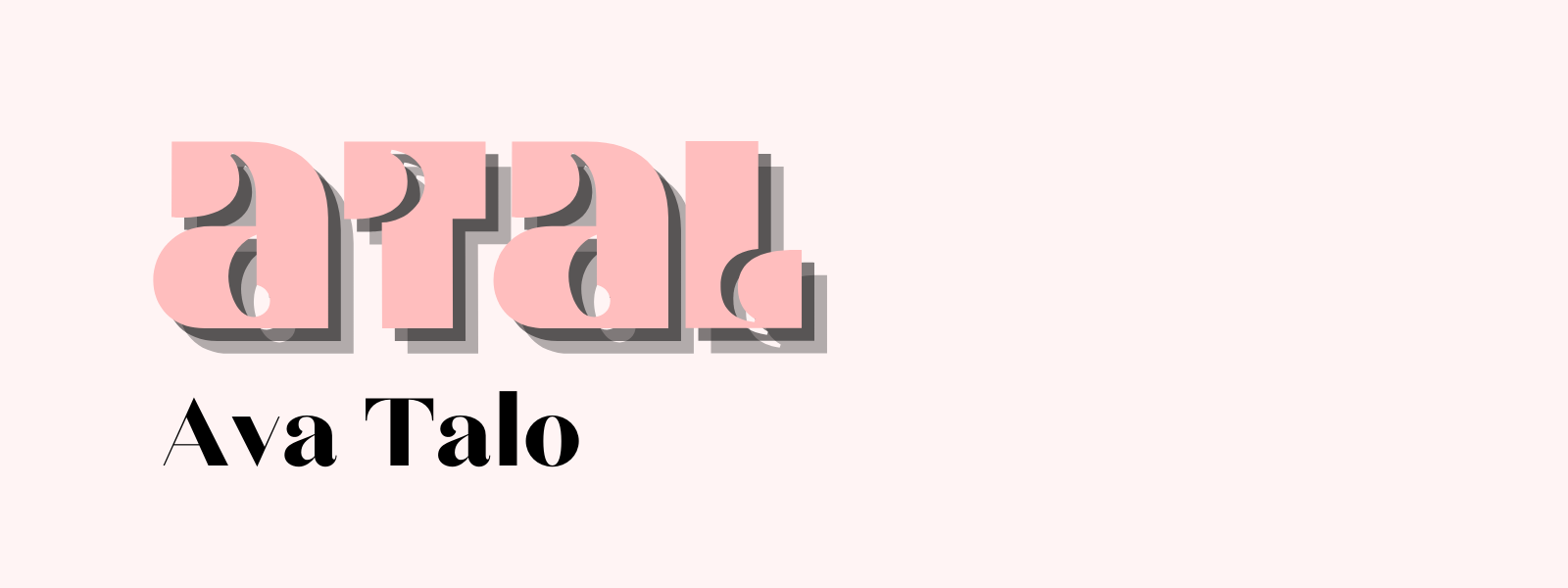
Ava Talo
| Chemocode | 241653 |
| Chemotype Group | G |
| Effect Profile | Balanced |
Talo refers to the thick tuberous roots of this cultivar. Talo is the name for taro in Samoan — which is a very thick tuberous vegetable.
This cultivar is very hard to find, even in Samoa.
This strain is highest in kavain and DHK — which gives it a clear-headed effect with a strong body load. You feel super relaxed and mellow, and it becomes very easy to engage in deep discussion. Yet, at the same time, your body feels heavy and relaxed.
This is a great option for drinking with friends at a park or on the beach (if you can find it, of course).
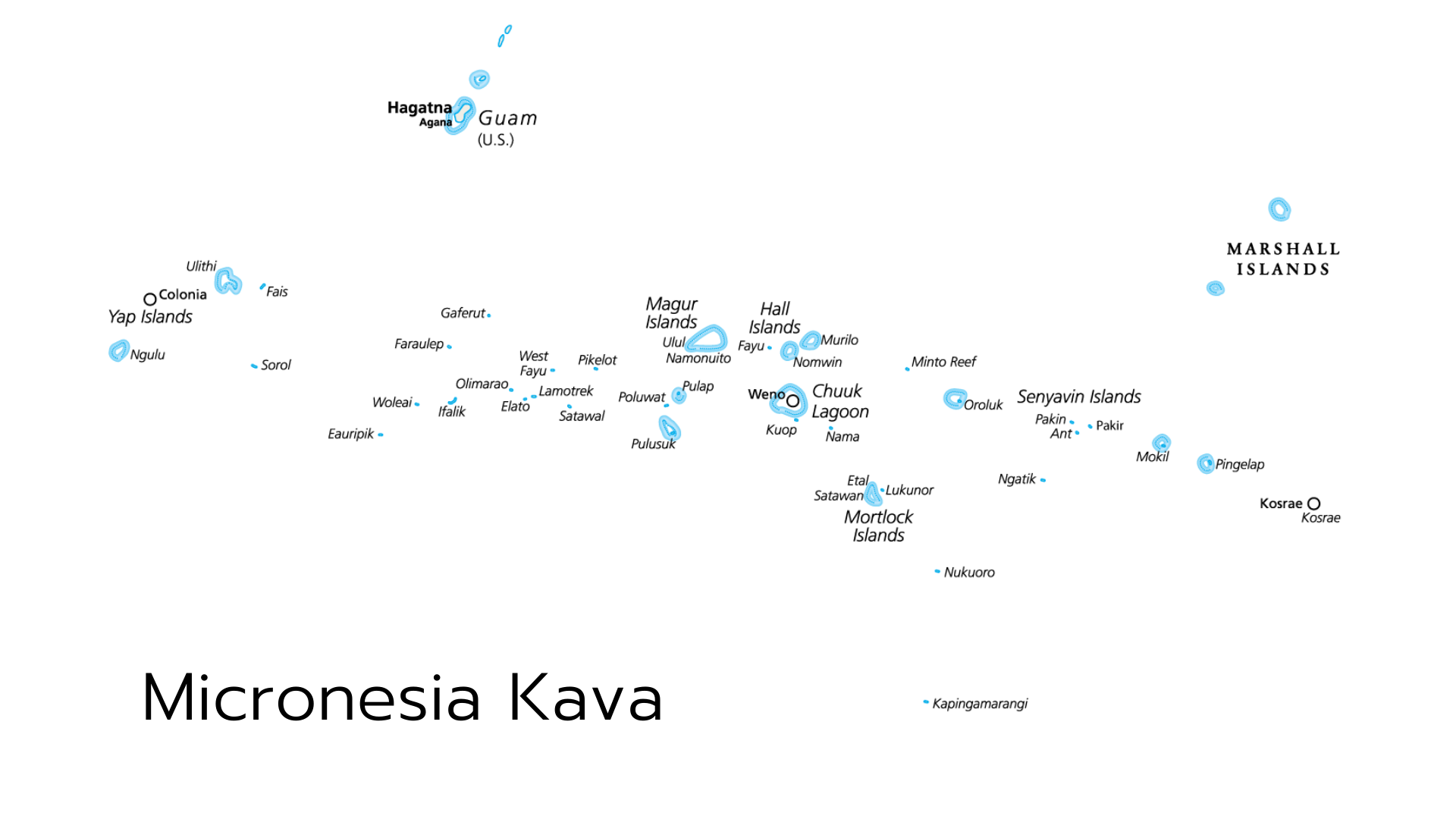
Micronesian Kava Cultivars
Micronesia is made up of over 600 individual islands spread out across the Pacific ocean. It’s a federation of four island states, Pohnpei, Kosrae, Chuuk, and Yap.
Kava use is widespread throughout Micronesia. Because of how isolated these islands are, there’s a wide range of names for kava, as well as several distinct kava cultivars.
The strongest focus on kava is in Pohnpei, which even features a kava plant on the country’s flag. Most of the surrounding Micronesian states and remote islands also have a strong emphasis on kava culture.
The exception is the island of Kosrae. Kava was consumed in large quantities for many years, but once the Christian missionaries arrived in the second half of the 18th century, the practice was abandoned.
On the island of Pohnpei and most of the Federated States of Micronesia, kava is referred to as Sakau.
There isn’t a ton of variability of the kava grown in Micronesia — most of which is centered around Pohnpei. The kava here is stronger and heavier than most other parts of the Pacific (on average) and has a particularly strong body load.

Rahmdel
| Chemocode | Unknown |
| Chemotype Group | Unknown |
| Effect Profile | Heavy |
Rahmdel kava is very strong kava — it’s the least preferred option for daily use but was reserved for special occasions and for the chief of the village.
Unlike many other “ceremonial-grade” kava or kava reserved for the village leaders, this one is very heavy and sedating. Most other cultures seem to prefer the heady kava so the leaders could engage in discussion for many hours while drinking kava. The Rahmdel is very different and will quickly knock the user out for the night if you drink too much too fast.
The Rahmdel plant is characterized by its smooth stems, light color, and very long internodes.

Rahmwanger
| Chemocode | 245613 |
| Chemotype Group | E |
| Effect Profile | Heavy |
Rahmwanger is the most common cultivar in Micronesia for daily use. It’s still considered heavy kava like Rahmdel, but it’s much more manageable when drinking over the course of several hours.
This kava has a very distinct flavor that’s entirely different from most other kava cultivators you’ll find online. It’s not necessarily a better taste, just different — more peppery with an almost cedar or woody aspect to it.
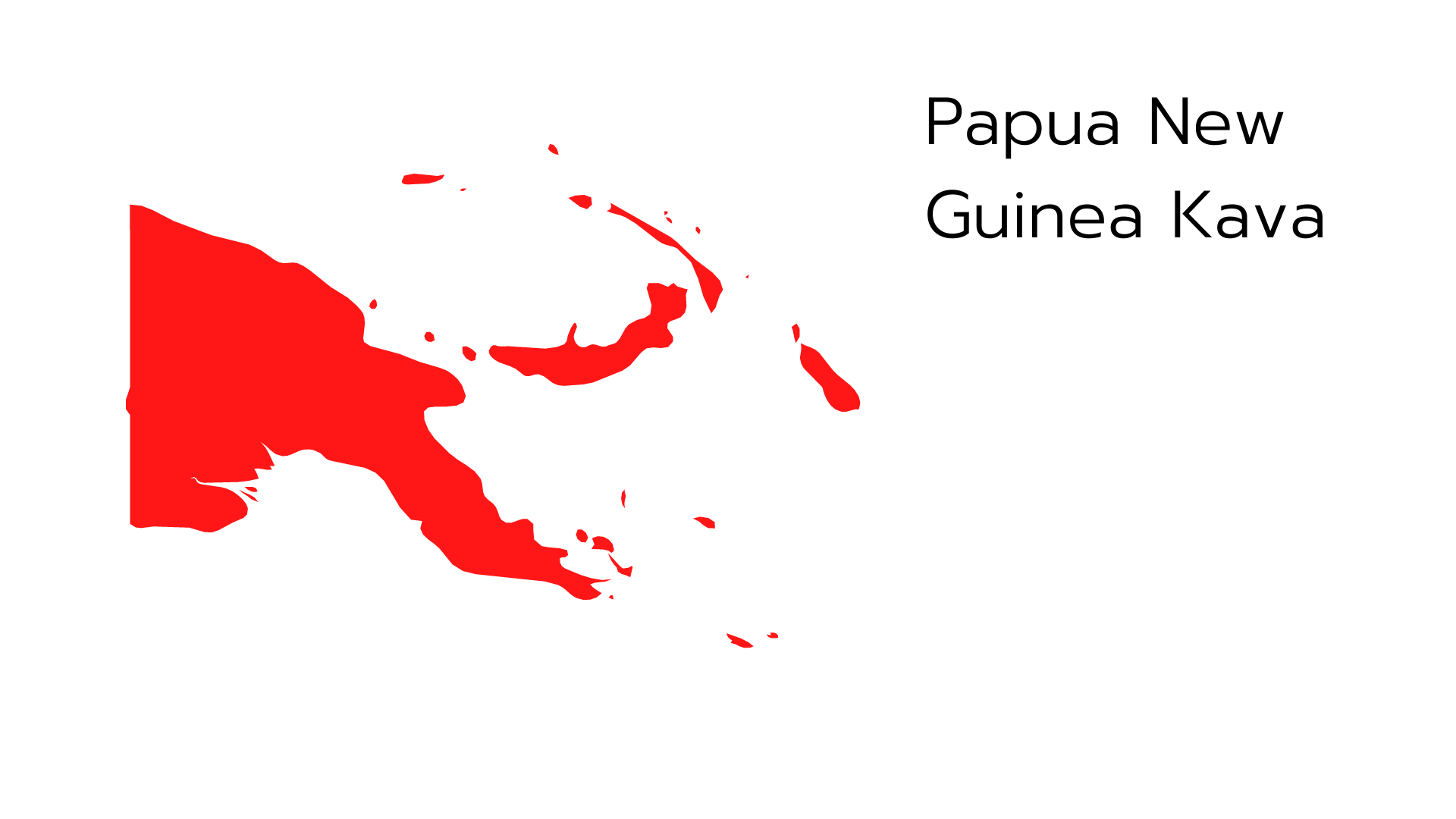
Papua New Guinea Kava Cultivars
Kava (Tigwa) has a rich history in Papua New Guinea — but not quite as much as other Pacific islands, like Pohnpei, Fiji, or Vanuatu. This could be due to the fact that the only kava that grows here is tudei kavas and very heavy group F kavas.
There are a few cultivars native to PNG, but there’s surprisingly very little genetic diversity in the kavas on PNG. There are several off-shoots of the wild kava (Piper wichmanii) as well as a few cultivars closely related to Vanuatu kava. That’s pretty much it.
The lack of genetic diversity and ties with Vanuatu kava suggest kava was brought here at some point from Vanuatu.
Papua New Guinea kava is generally not offered on the international market because of its undesirable psychoactive properties. A lot of the kava here is considered tudei kava, and the stuff that isn’t is close enough in terms of the effects that most beginners should avoid it entirely.
With that said, many people prefer the heavy body load of Papua New Guinea kava. It’s great for muscle aches, pains, and as a sleep aid. None of the kava from PNG is recommended for social or casual drinking.
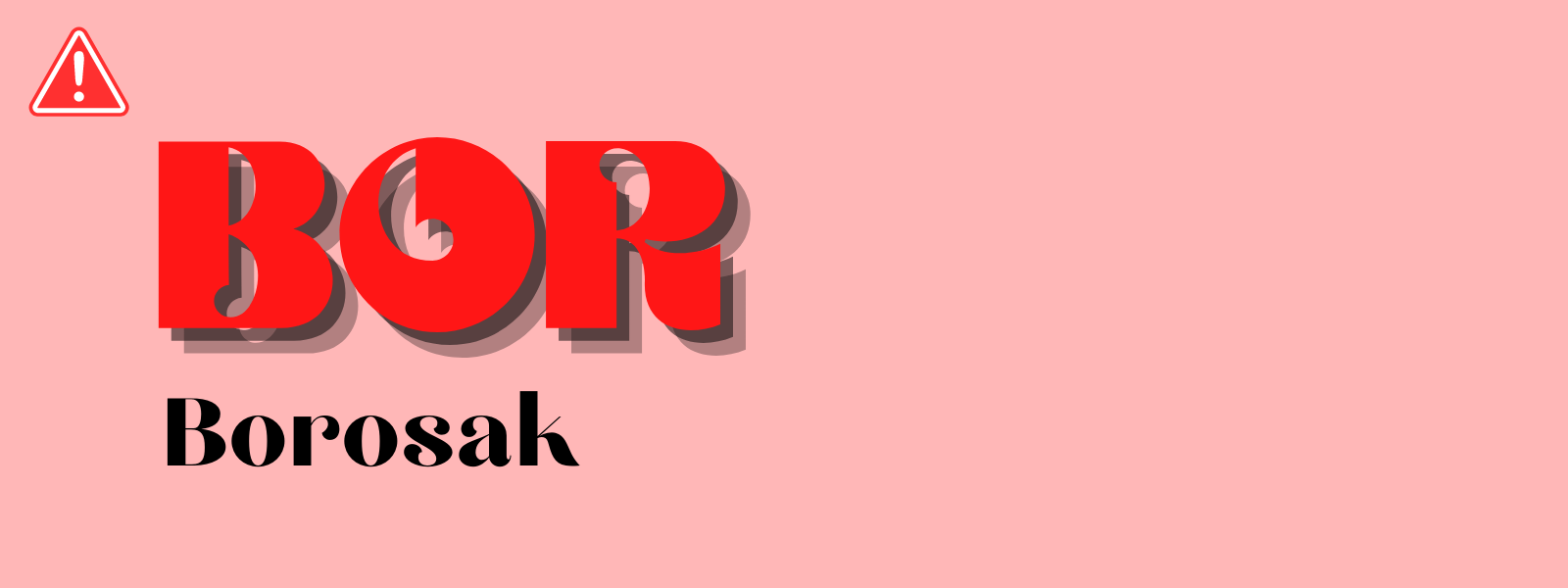
Borosak
| Chemocode | 215634 |
| Chemotype Group | D |
| Effect Profile | Tudei Kava |
Borosak is a cultivar of the Piper wichmannii (best avoided).
This is a group D kava, which means it has equal portions of DHK, DHM, and methysticin and almost no kavain.
Normally, kavain is the main “beneficial” kavalactone, and strains highest in this compound generally have the best effect profiles.
Unsurprisingly, Borosak doesn’t produce effects that are very enjoyable. It’s nauseating, makes users feel intoxicated (not in a good way), and lethargic.

Bundun
| Chemocode | 165324 |
| Chemotype Group | B |
| Effect Profile | Tudei Kava |
Bundun is a cultivar of the Piper wichmannii species. It’s best to avoid this kava altogether.
This strain has a very high proportion of DMY and virtually no kavain.
DMY is a great muscle-relaxant, but it’s also one of the main causes for side effects in some kava.
Some people drink this kava for its muscle-relaxant effects, but you have to be careful with the dose. Start with just half a shell and increase gradually if you must. If you can, opt for a heavy noble kava instead, such as Borongoru from Vanuatu, or Vula Waka from Fiji.

Isa
| Chemocode | 254631 |
| Chemotype Group | F |
| Effect Profile | Tudei Kava |
Isa is a well-known kava from Papua New Guinea. It’s often sold under names like “Madang Kava” or “Madang Short” — after the Madang province a lot of this kava is grown in.
Isa kava contains a very high concentration of kavalactones — up to 15% in some samples. As a group F kava, this stuff is not usually used for daily drinking. It’s too strong and too heavy to be productive in any way after using this kava.
With that said, the Isa cultivar is the lightest of the group F kavas (which is pretty much all kavas in PNG). People who want heavier kava to help with pain or sleep may want to consider the Isa cultivar.
Root of Happiness has a really nice Papua New Guinea kava blend that contains primarily the Isa cultivar.

Kuraka
| Chemocode | 165324 |
| Chemotype Group | B |
| Effect Profile | Tudei Kava |
This fast-growing tudei kava is a black cultivar reportedly used alongside fences and interspersed with other crops. It’s hardy and produces a very strong kava.
It’s hard to find this as a single origin kava unless you know someone in Papua.

Sipaia
| Chemocode | 256341 |
| Chemotype Group | F |
| Effect Profile | Tudei Kava |
This tudei kava has a similar kavalactone breakdown as Isa but even heavier and sedating. It’s a very heavy, long-lasting stoned feeling that often comes with digestive side effects (nausea and bloating).
If you’re looking for a really heavy stone kava with effects similar to weed, go with either the Sipaia kava or Isa kava (preferred).
Just be warned, this stuff is strong, and if you take too much, you may have to wait up to two days for the effects to wear off completely.

Waeld Koniak
| Chemocode | 256134 |
| Chemotype Group | C |
| Effect Profile | Tudei Kava |
Waild Koniak is essentially “wild cognac.” It’s a very powerful tudei cultivar of wild kava (Piper wichmannii) that produces a heavy stoned feeling.
This is not a great option for daily kava drinking. Just as the name implies, it makes you feel as though you’re drunk. You experience bouts of euphoria and a strong level of inebriation. This stuff has a very big impact on headspace and can dramatically reduce your ability to problem solve or think clearly. This feeling is long-lasting — with some people reporting effects up to 2 days later.
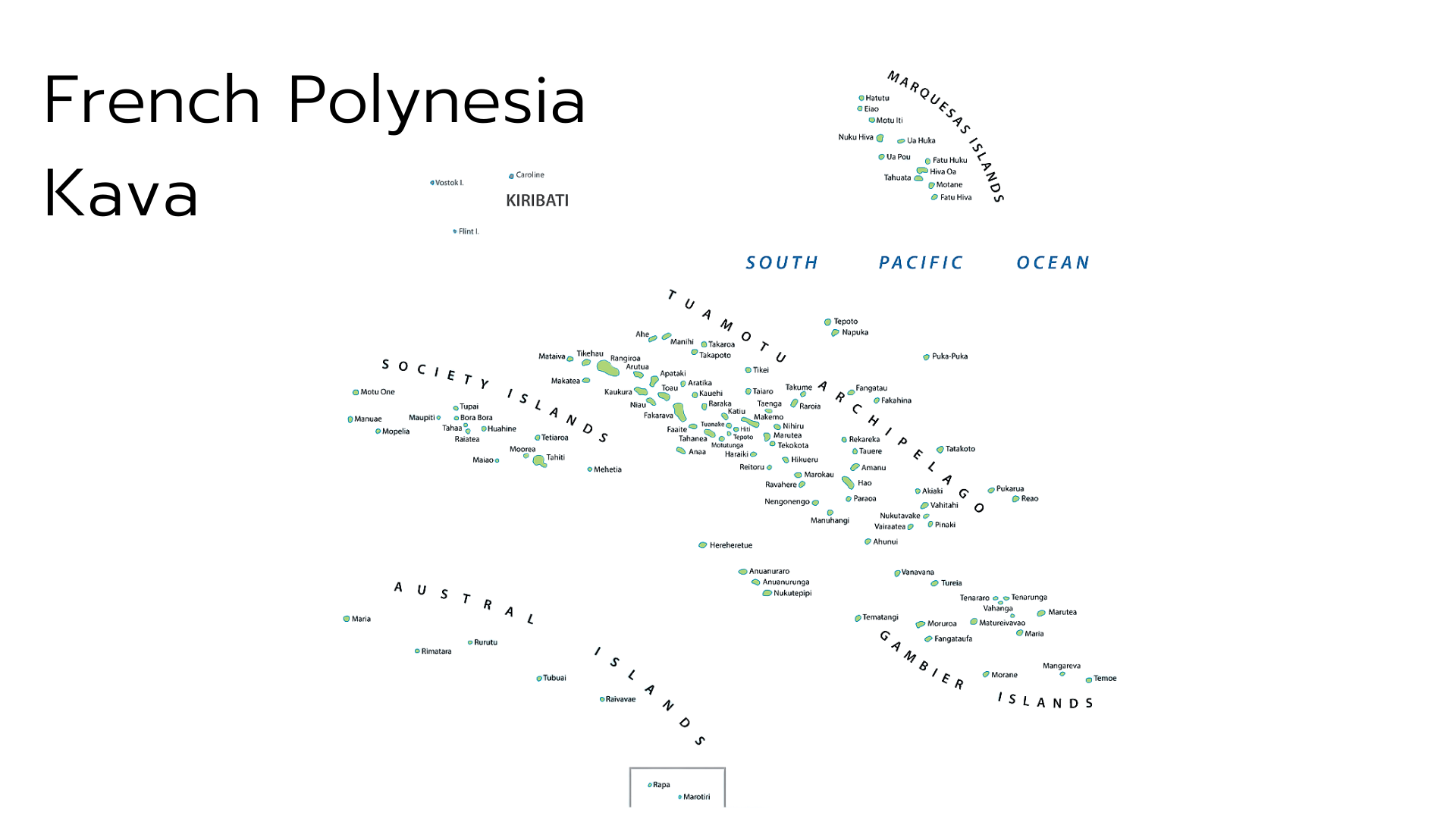
French Polynesia
French Polynesia consists of very small, interspersed landmasses in the middle of the Pacific Ocean. It includes the island of Tahiti, which is the most densely populated region, and the Marquesas, which are some of the most remote islands in the world.
In total, there’s slightly more than 2500 square kilometers of land spread out over an area close to 1.6 million square kilometers of water.
As you might have guessed, there’s a lot of space between each of these islands, some much more than others. The more space there is, the harder it is to transport kava roots from one island to another. Unsurprisingly, there are some pretty big differences between kava cultivars in French Polynesia from one island to the next.
The downside is that because of the very small size of French Polynesia and the high demand for kava already on the islands; it’s exceptionally rare to find French Polynesian kava strains on the international market.
Because of the French influence in the 1800s, kava use dropped significantly for a few generations, which has resulted in the loss of many kava traditions in the region. Several of the native cultivars were lost as well.
A survey done in 1987 found about 14 distinct cultivars of kava throughout the archipelago, but at the time, none of it was being cultivated on any significant scale.
Most of the kava grown here is named after the region in which it was grown. The two most common options are Fatau’a and Papeno’o.

Fatau’a
| Chemocode | 625431 |
| Chemotype Group | I |
| Effect Profile | Unknown |
The Fatau’a valley is a lush rainforest region on the island of Tahiti. It’s unclear what cultivar is the most common in this region, but most of the products leaving the island is labeled as either Fatau’a or Paneno’o.
The kava chemocode has been reported for this cultivar as 625431, which makes it a group I kava. This is generally the holy grail of the kava world — producing more of the pleasant effects of kava and less of the negative “stoney” or “nauseating” side effects.

Papeno’o
| Chemocode | 264513 |
| Chemotype Group | I |
| Effect Profile | Heavy |
Papeno’o kava is not a specific cultivar but a region of Tahiti very close to the Fatau’a valley.
The chemocode for this strain is listed by Lebot (1997) as 264513. It’s a group I kava with some distinct differences in kavalactone content from the Fatau’a strain.
The higher DHK content of this strain makes it much more likely to have a heavier or sedative component than Fatau’a, which contains a higher ratio of methysticin instead.
Both methysticum and DHK are considered “sedative,” but they’re very different. Strains highest in DHK have more of a stoned sedation (kind of like marijuana), while methysticin-rich strains are more of a relaxed sedation (like L-theanine or damiana).
Key Takeaways: Kava Cultivars
Much like cannabis, apples, or roses, there are many different “types” of kava. Each type (called a strain or cultivar) has its own distinct growth habits and psychoactive effect profile.
Some kava strains have a heavy effect — causing the body to feel relaxed and sleepy; others are headier — promoting euphoria and a sense of clear-headed relaxation.
Most kava sold on the international market is a blend of different cultivars from a specific region. However, more recently, vendors have been branching out to include more single-origin kava cultivars as well.
If you haven’t already, I highly recommend you start exploring what the different cultivars have to offer — each one is entirely distinct from the next.
